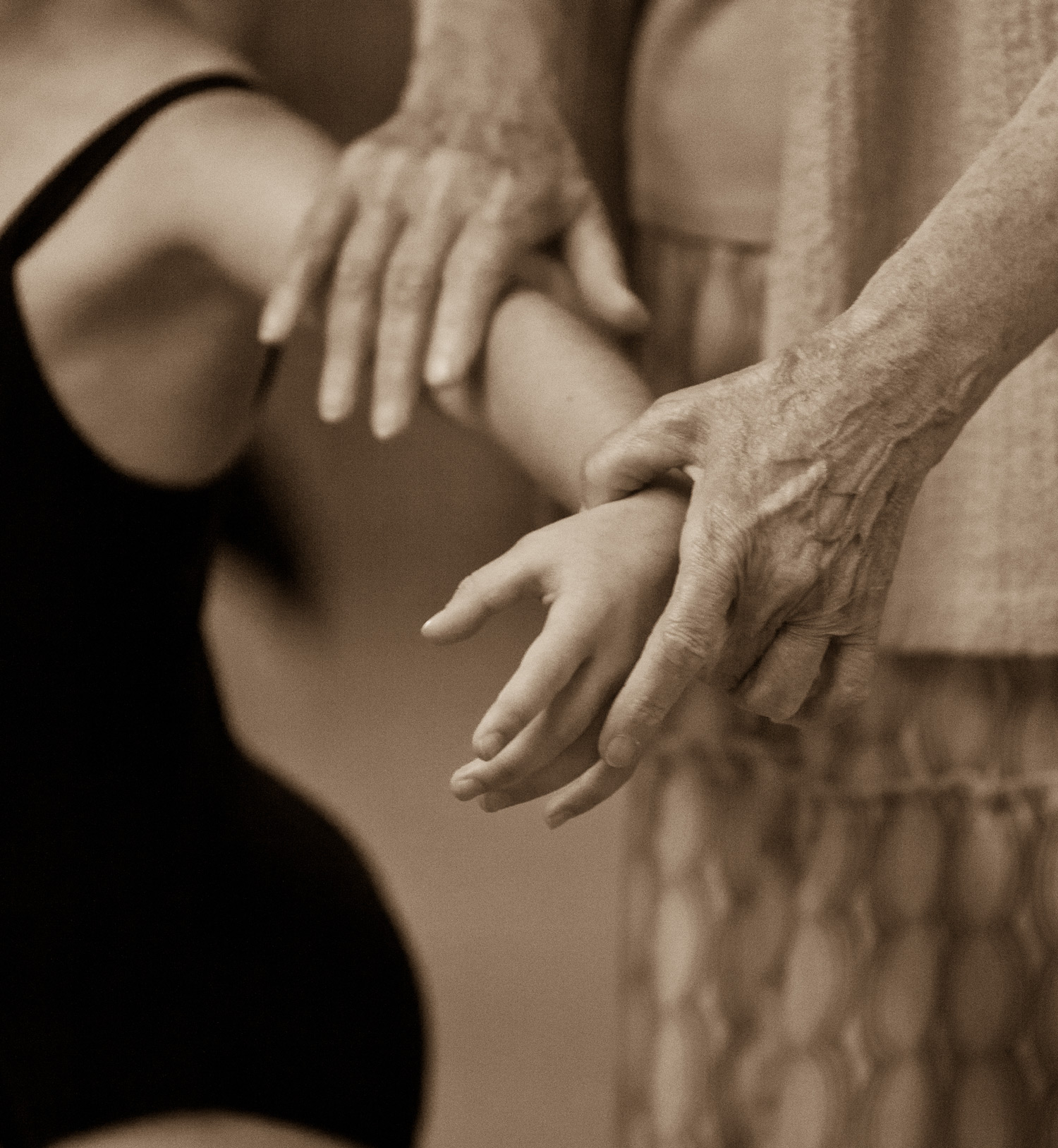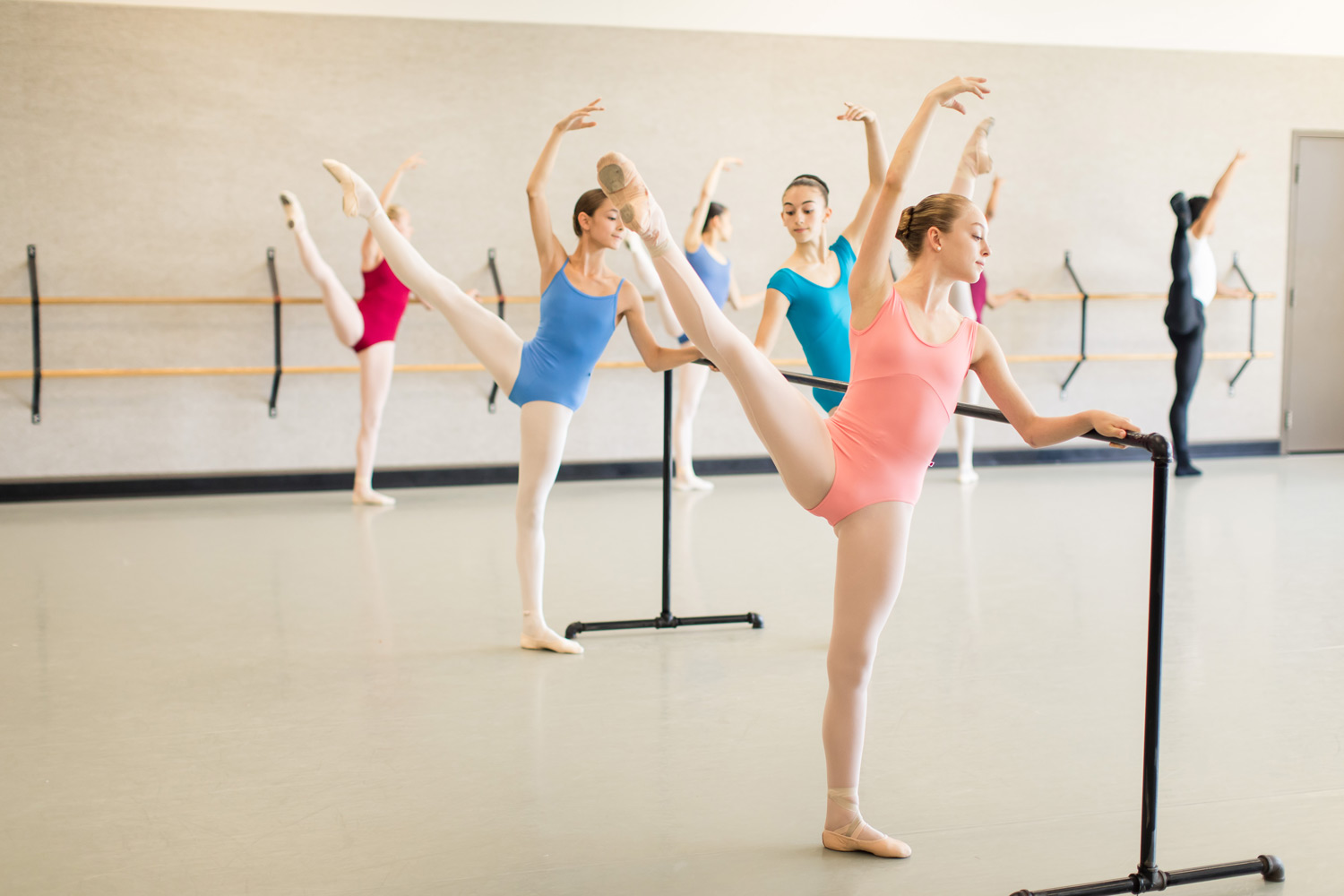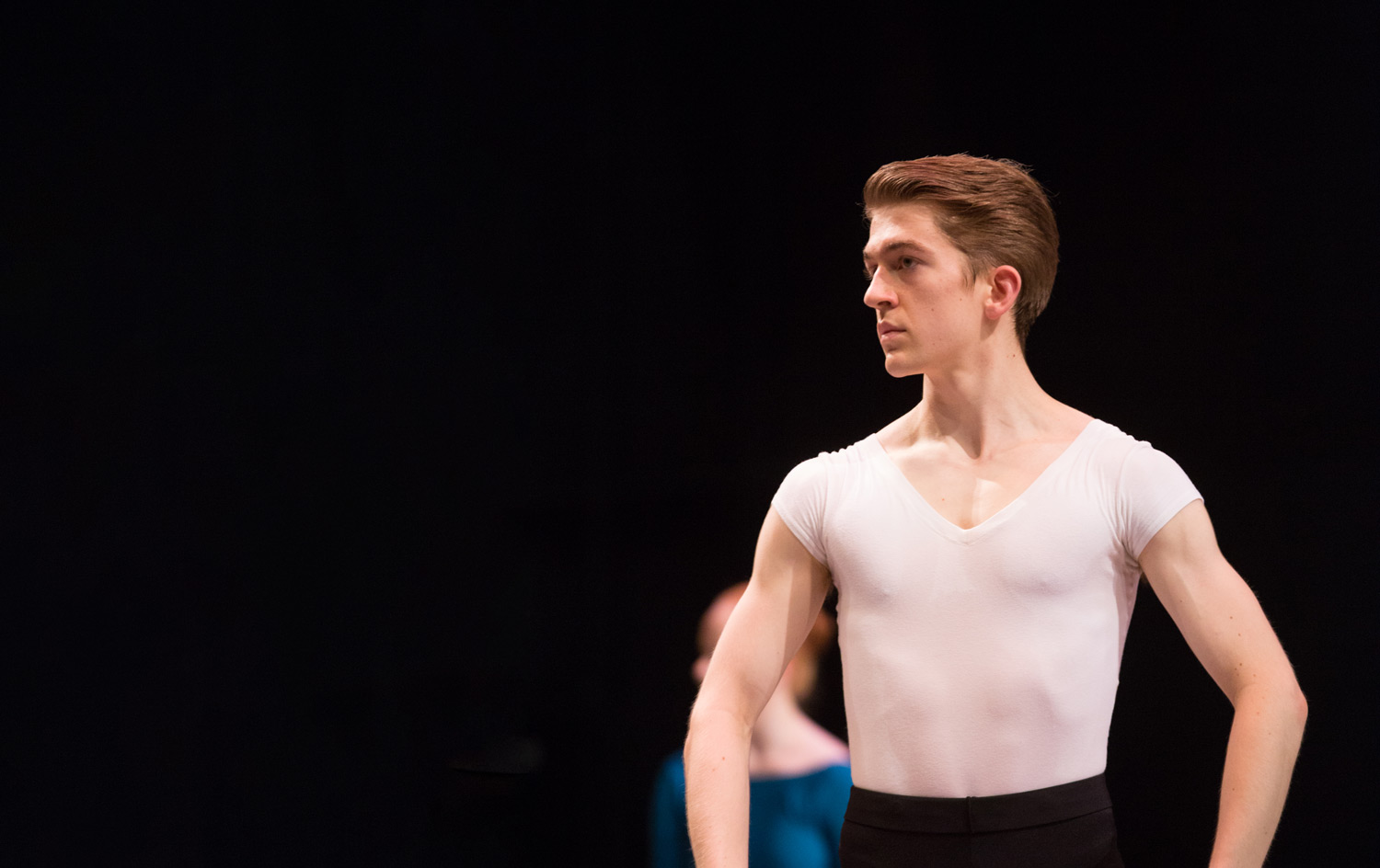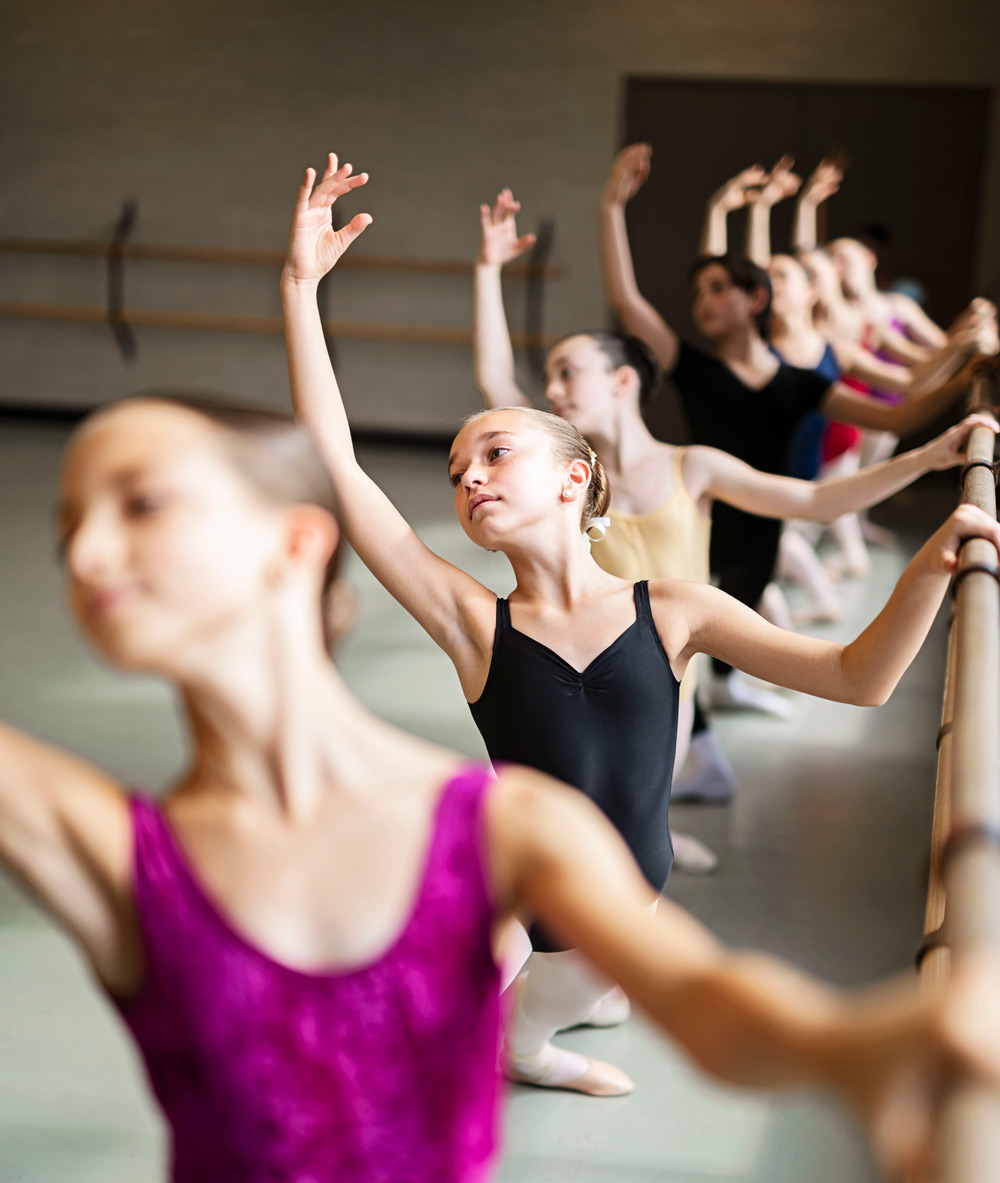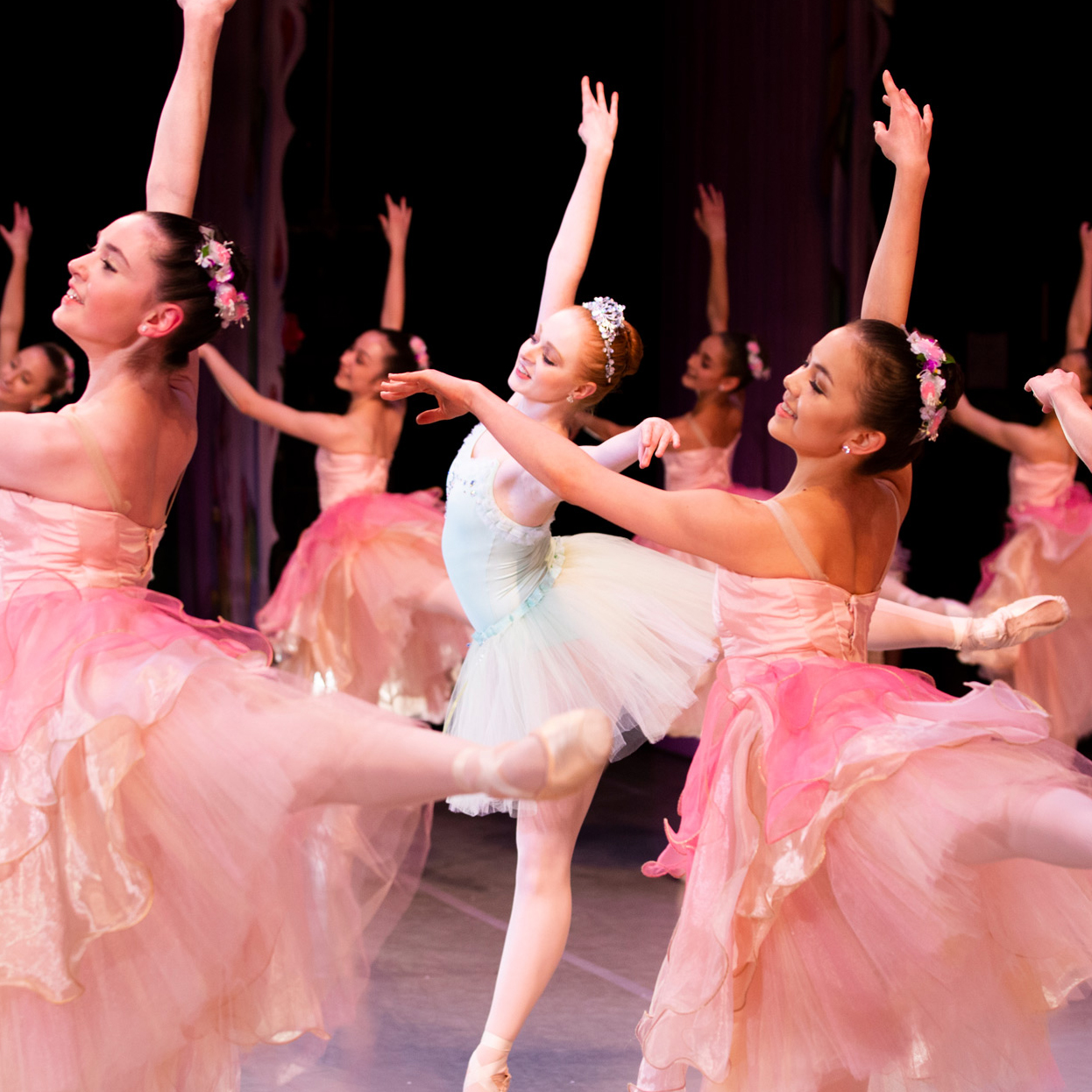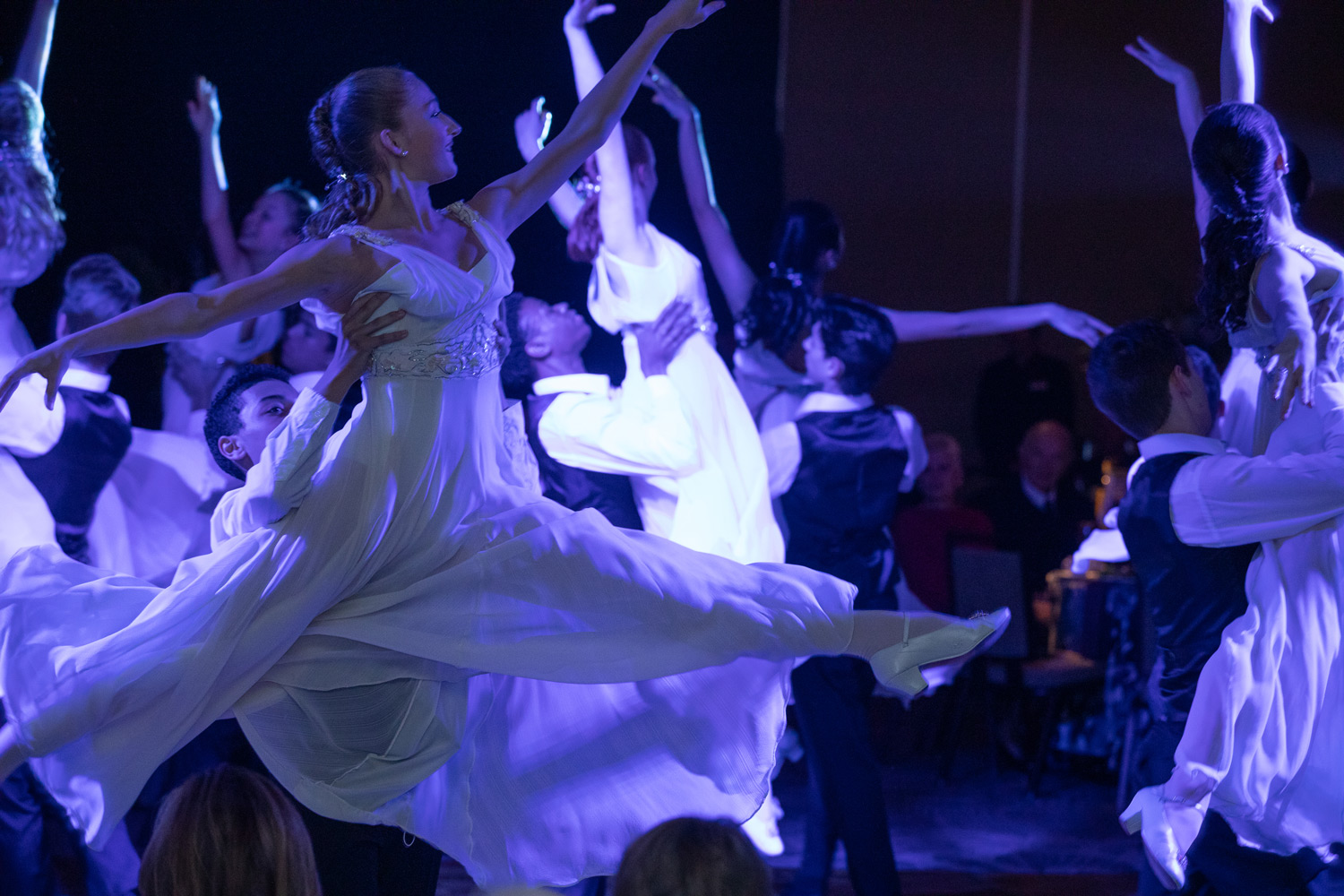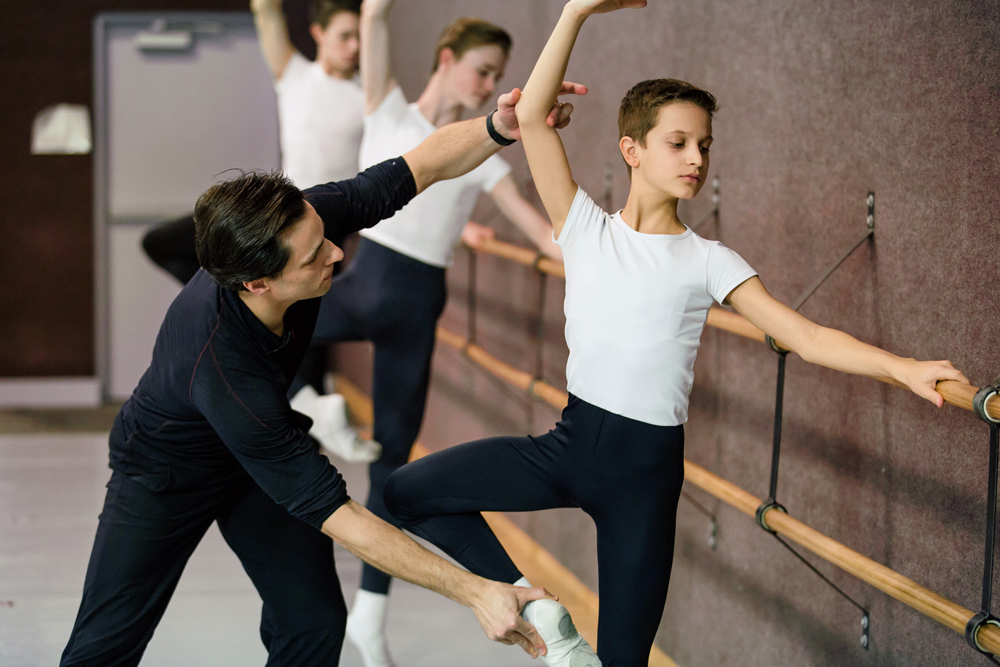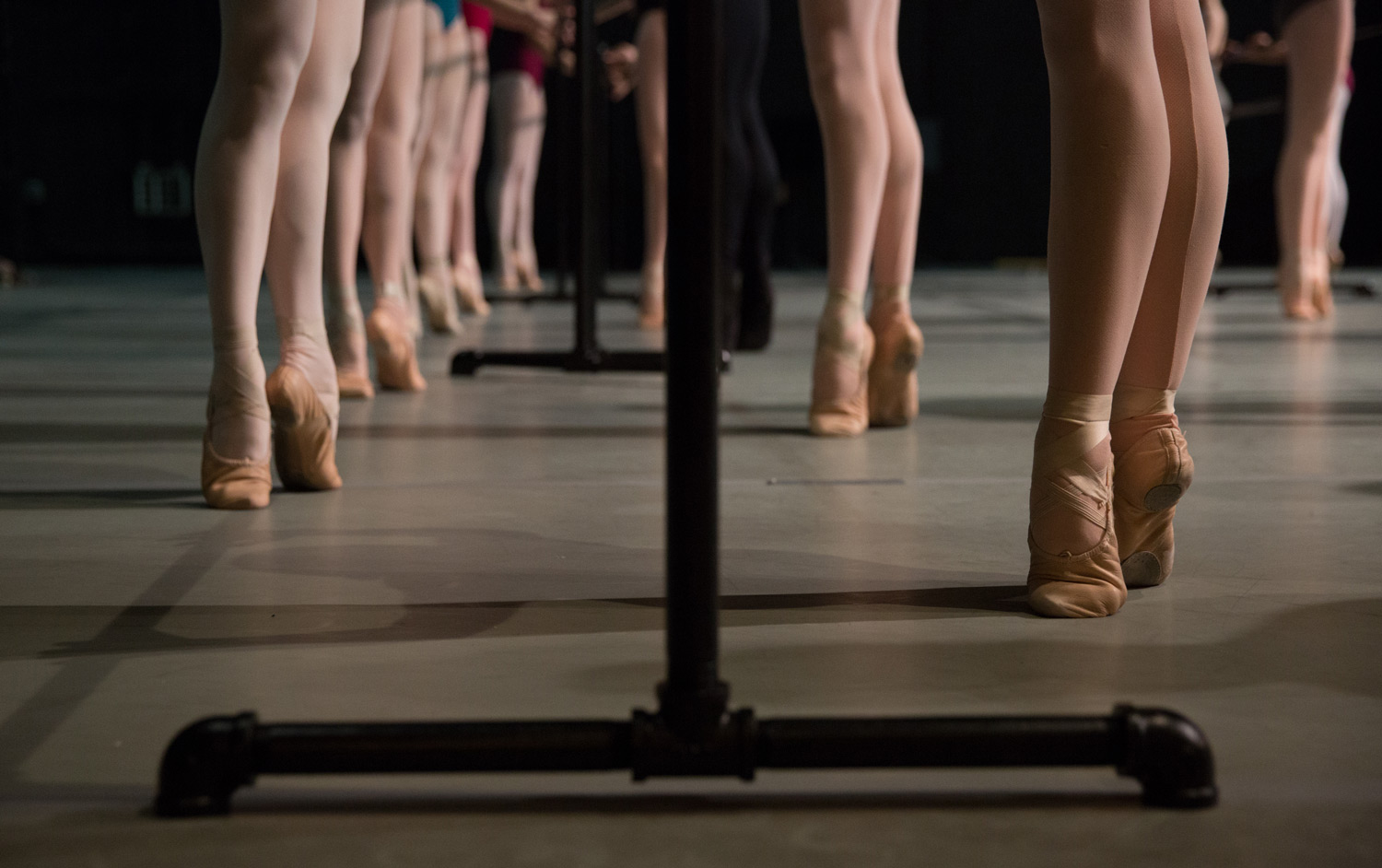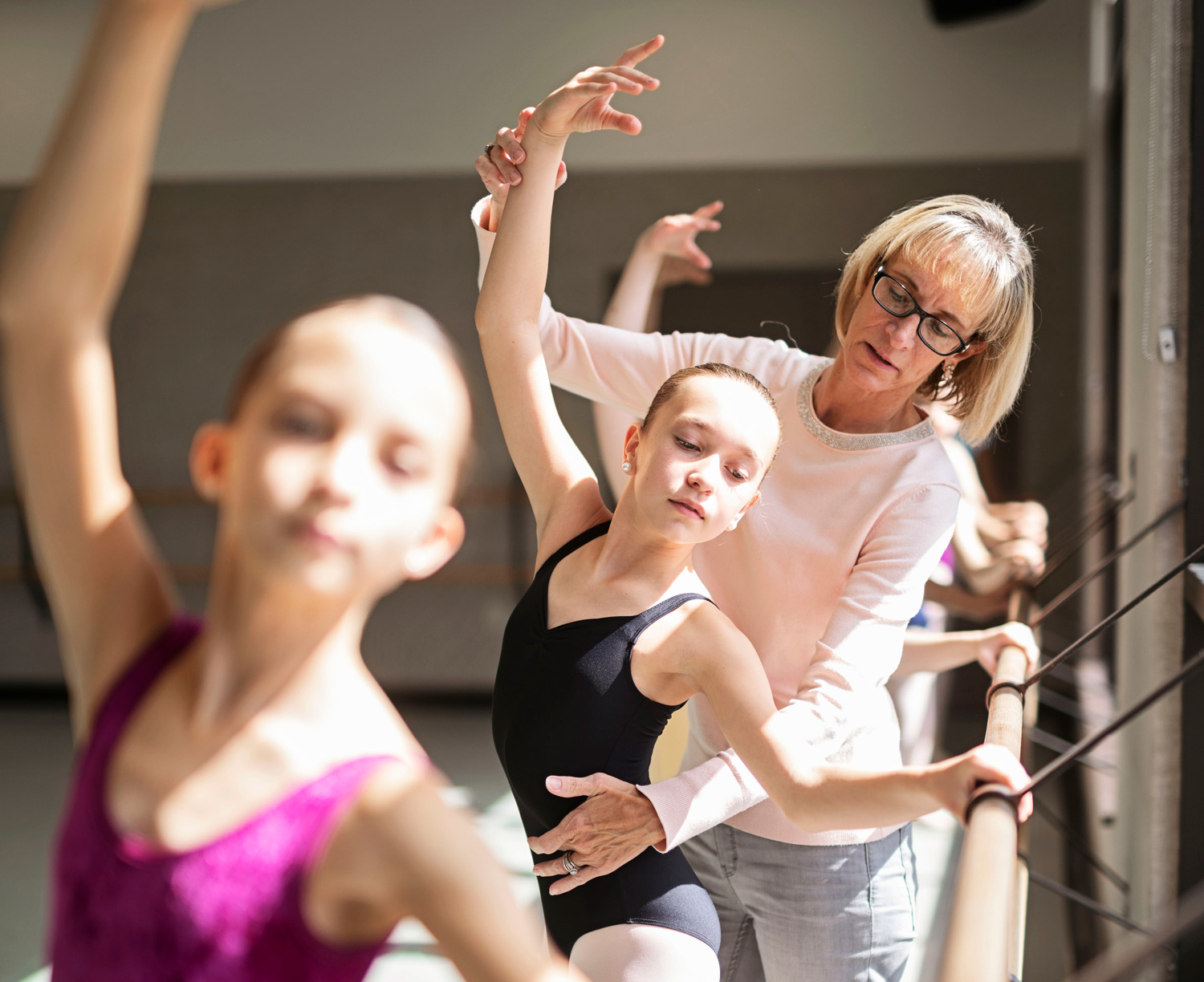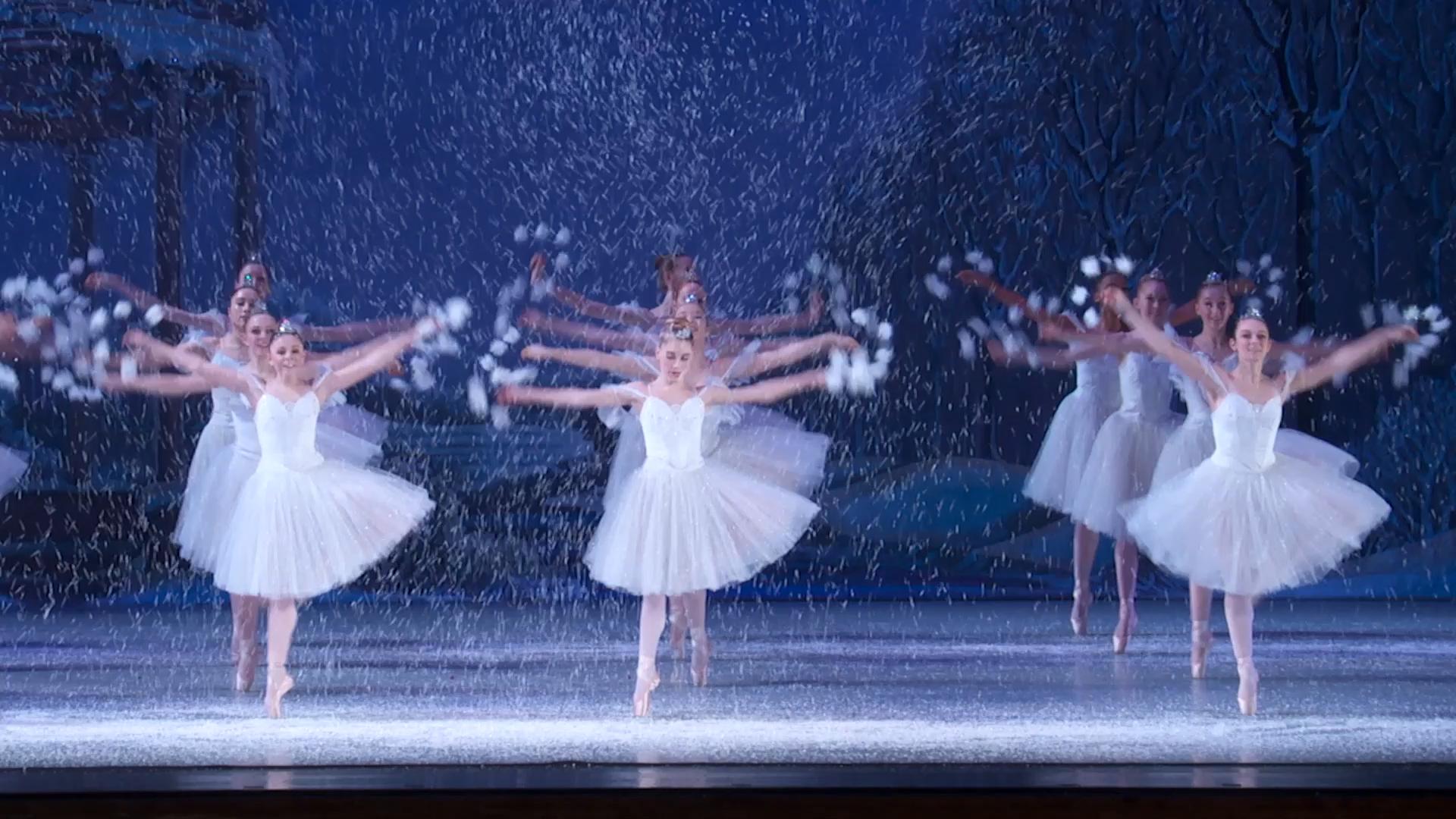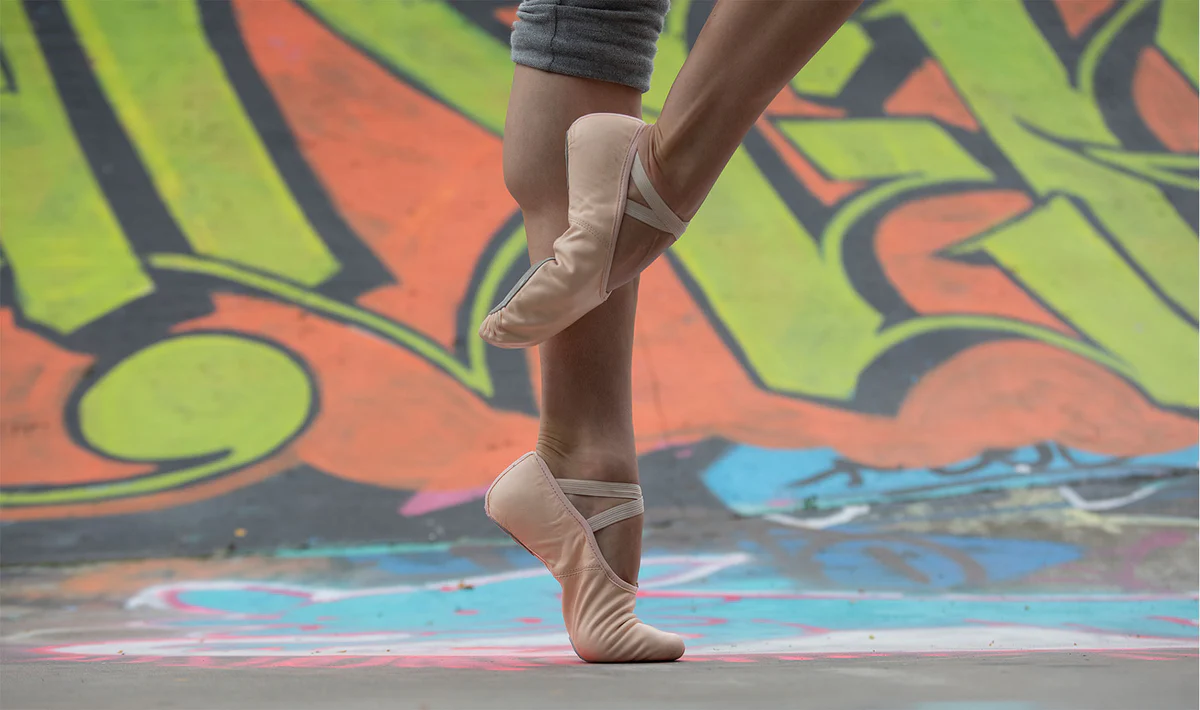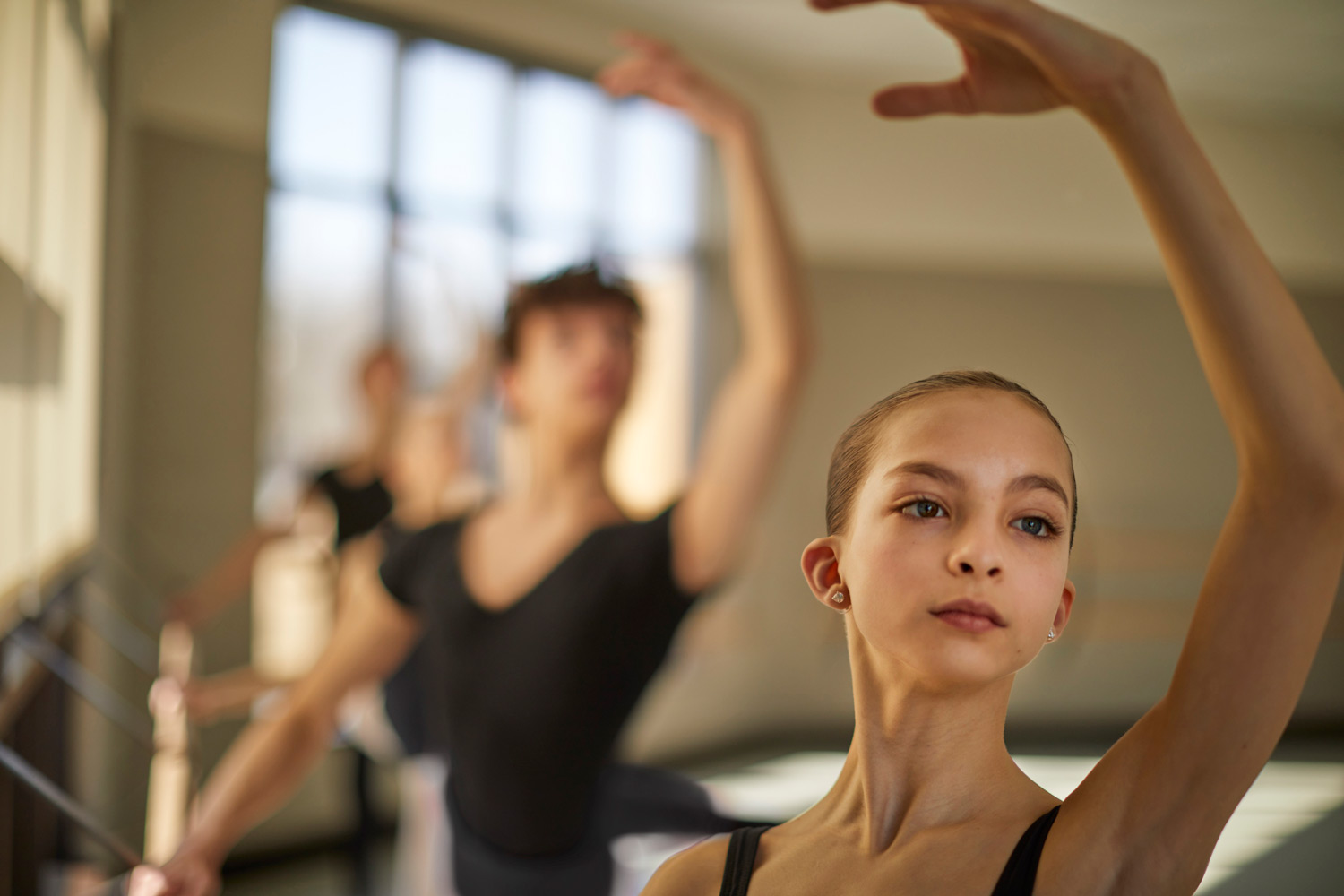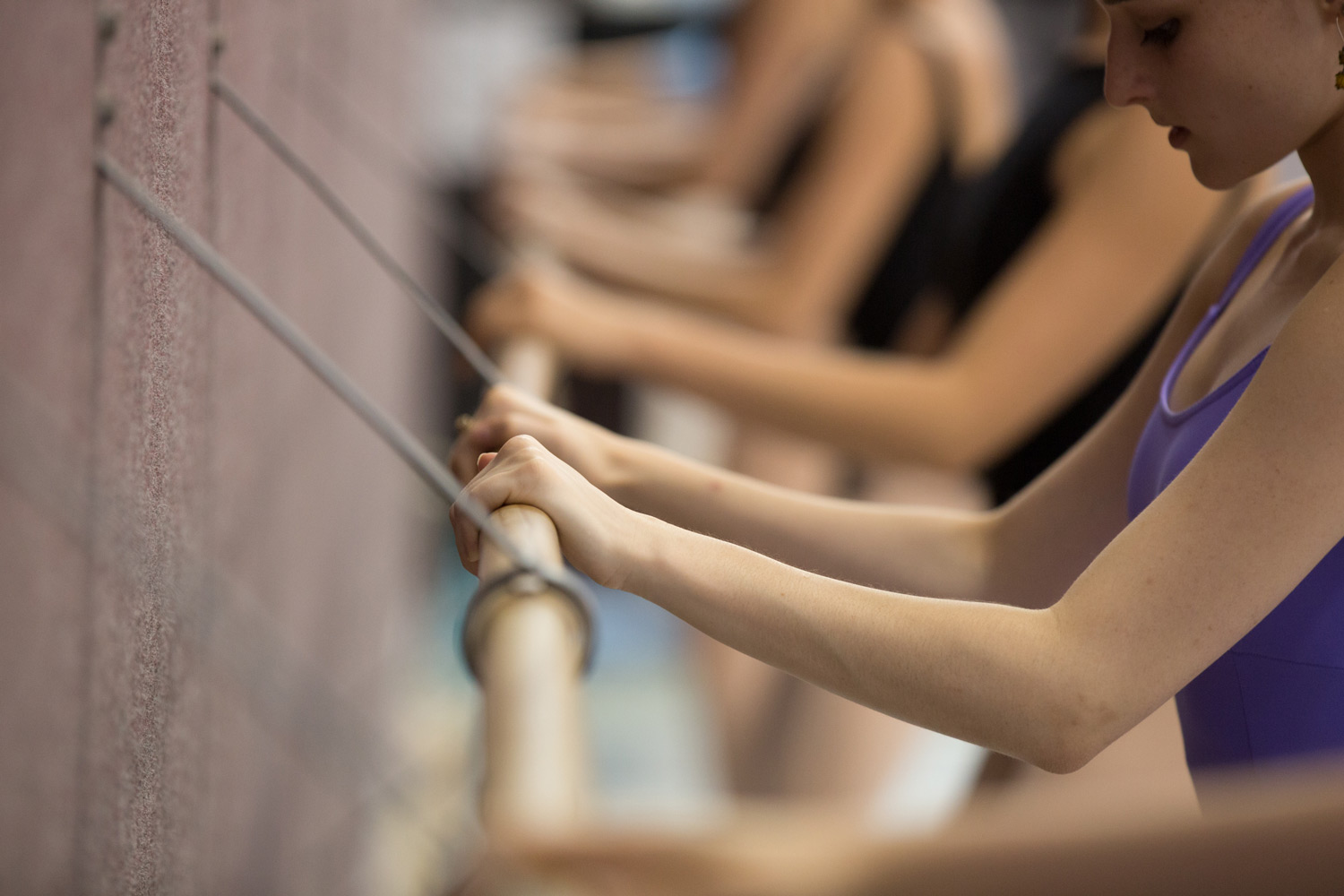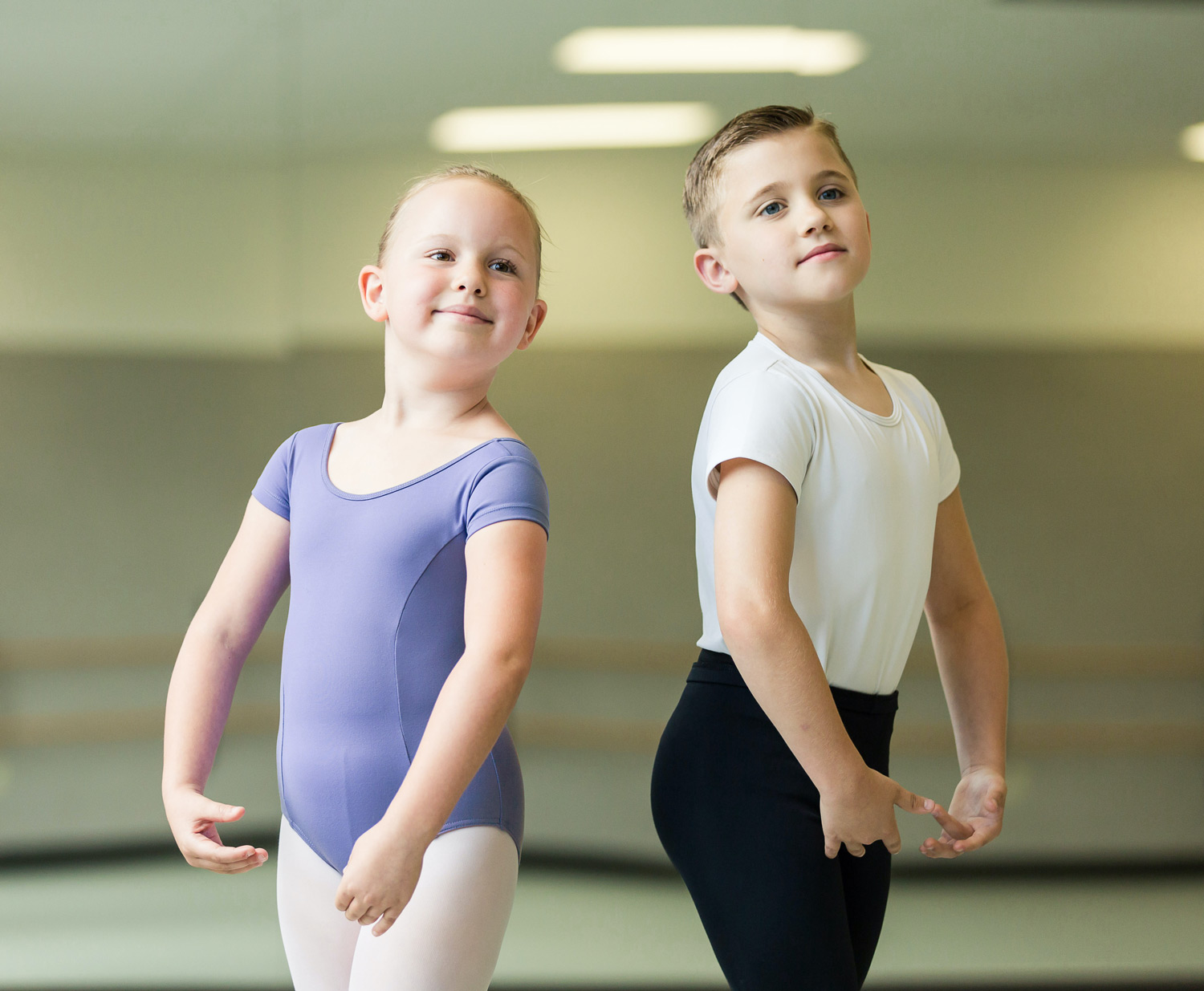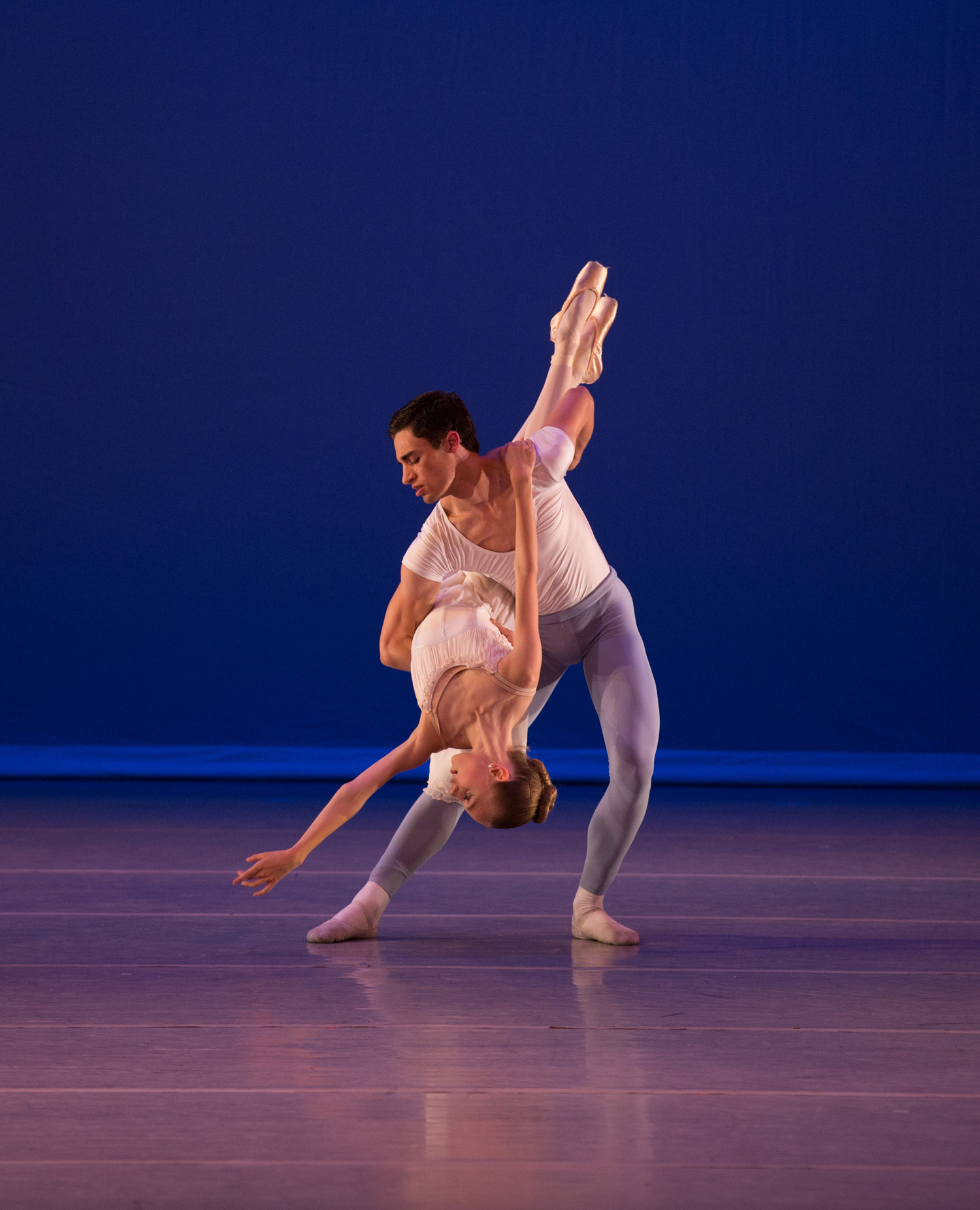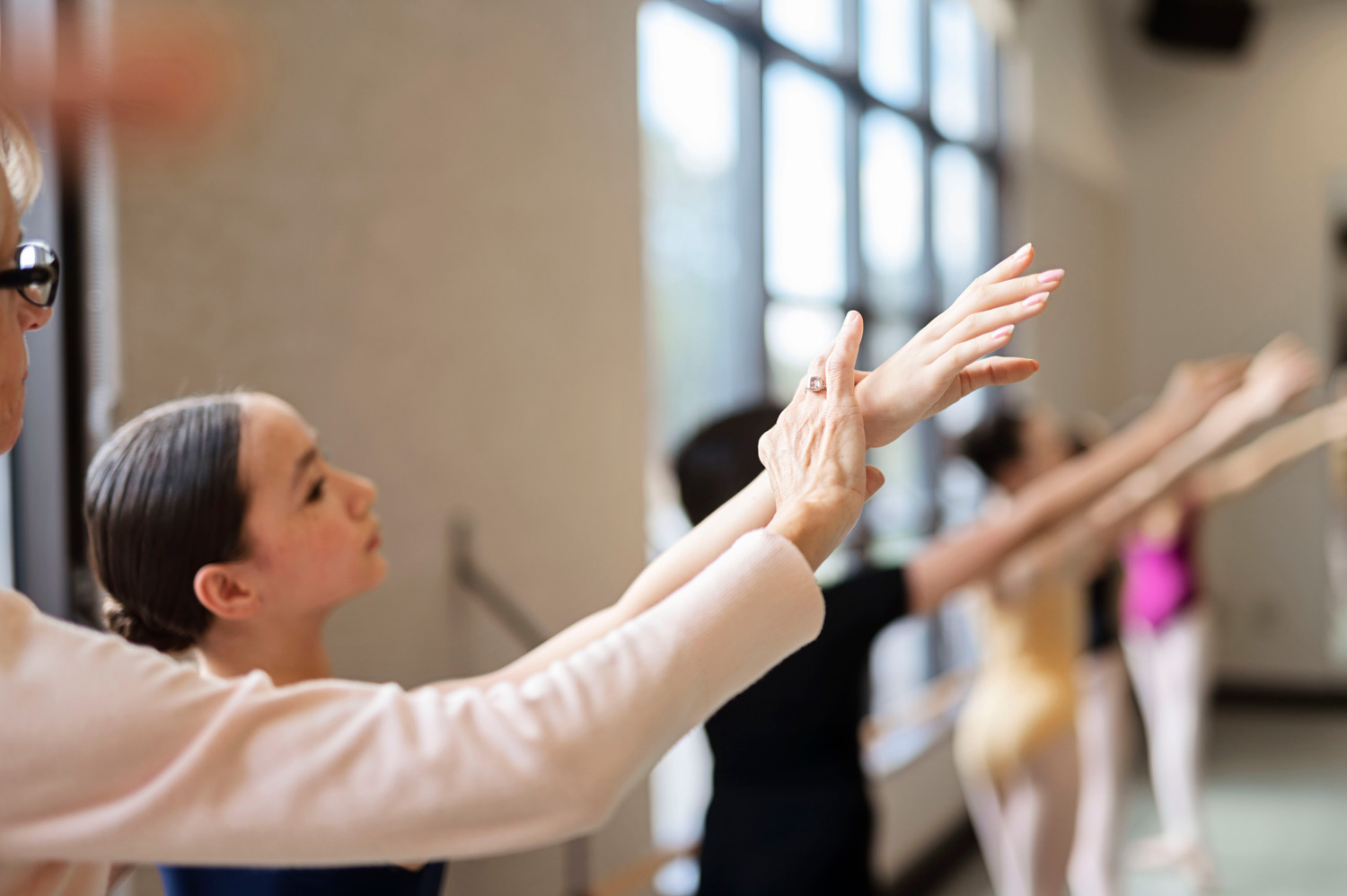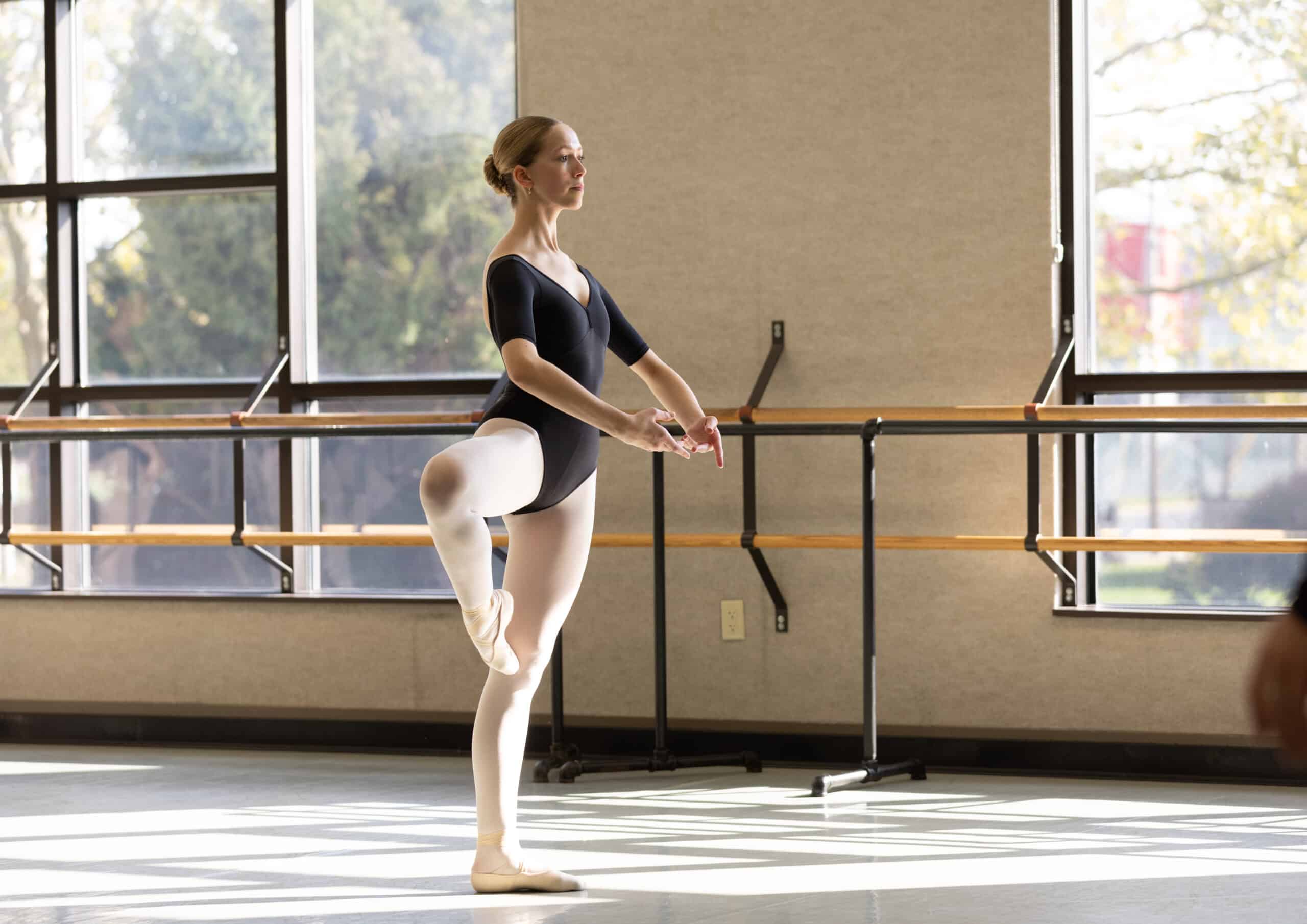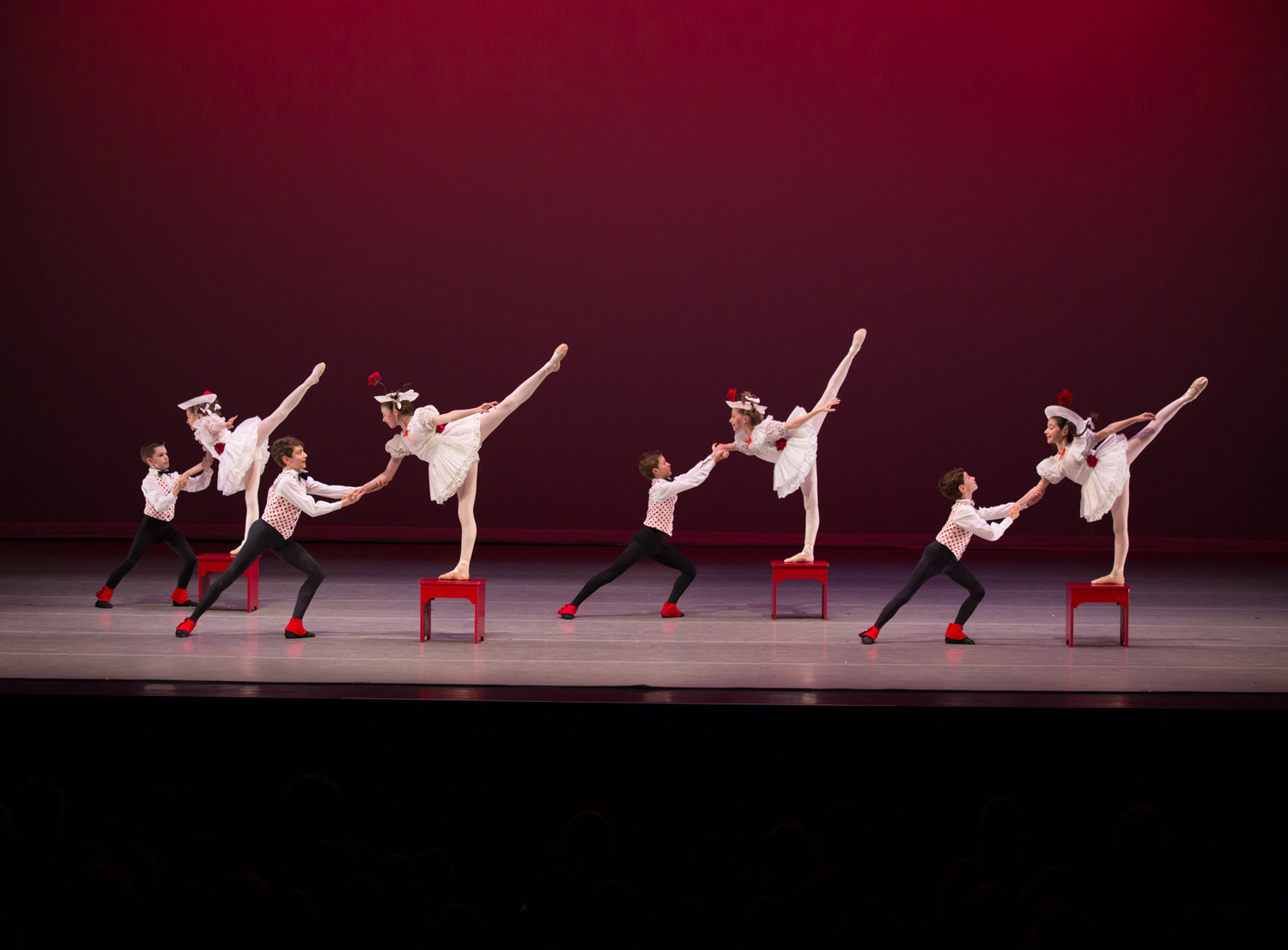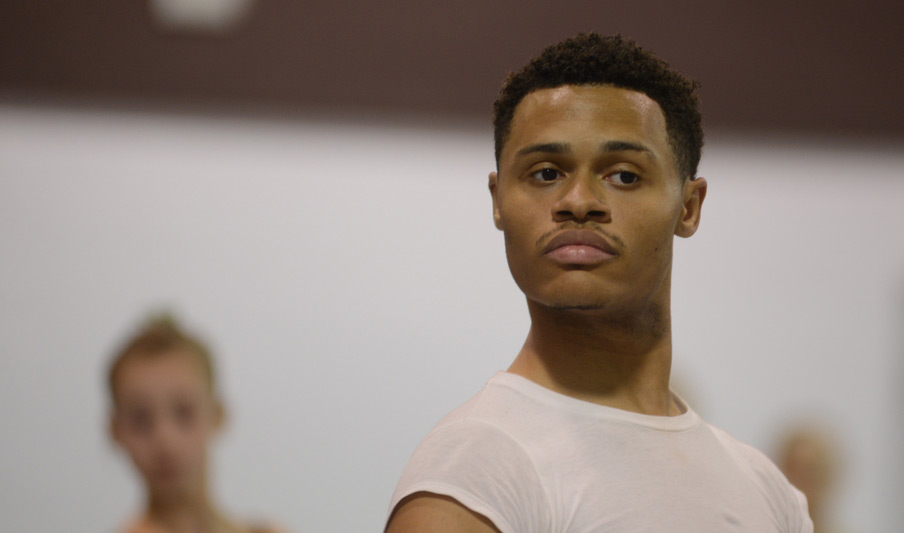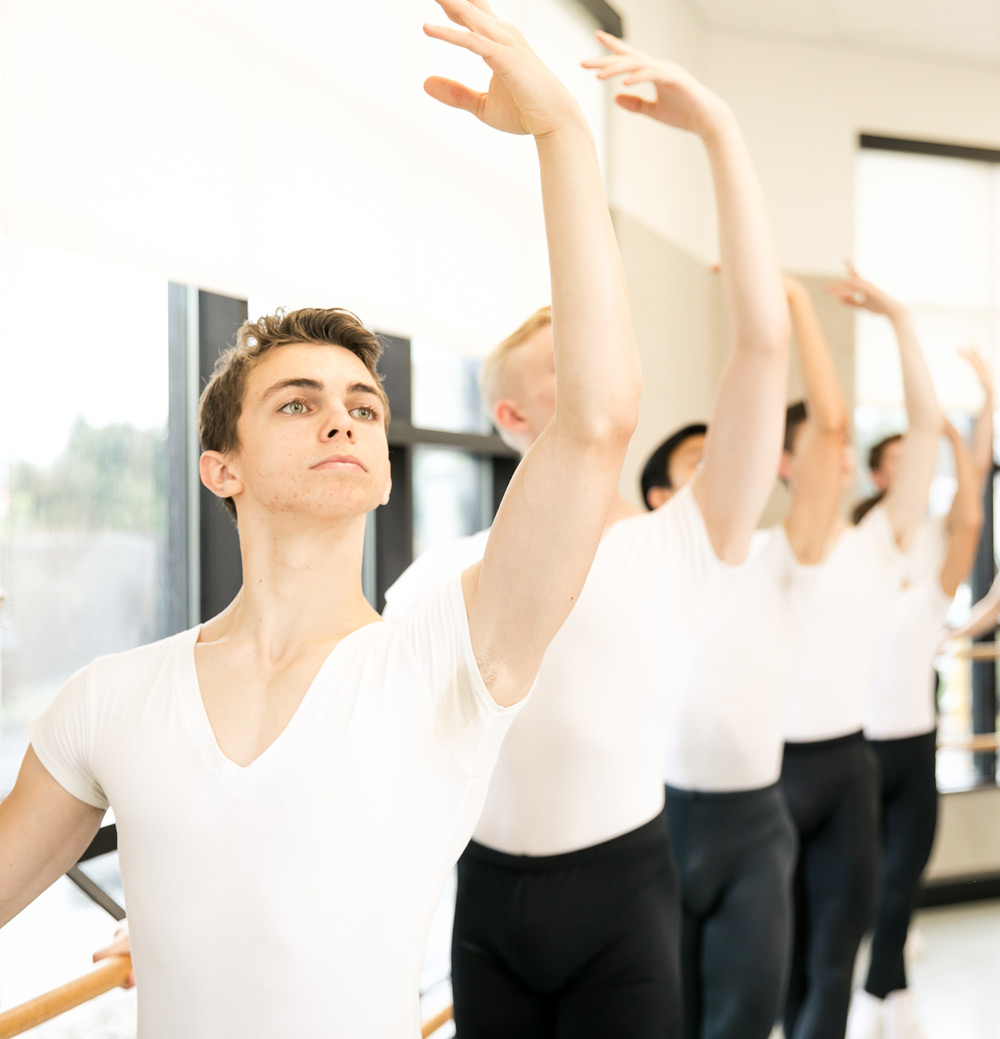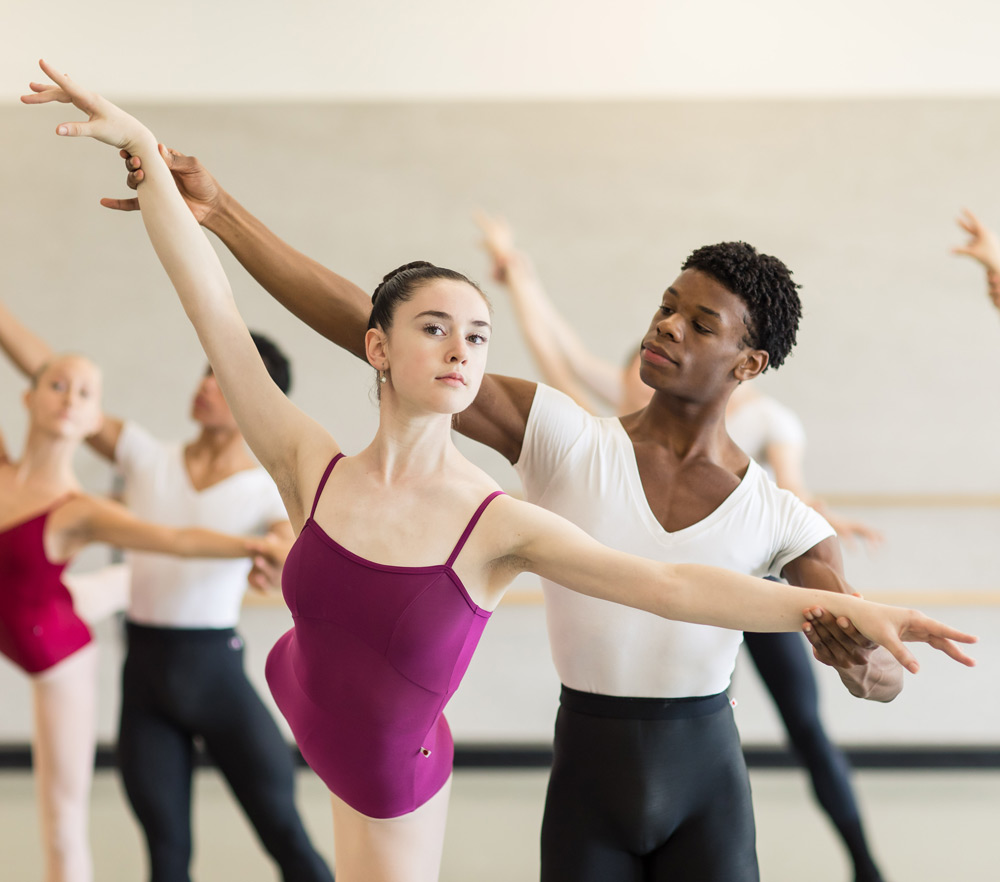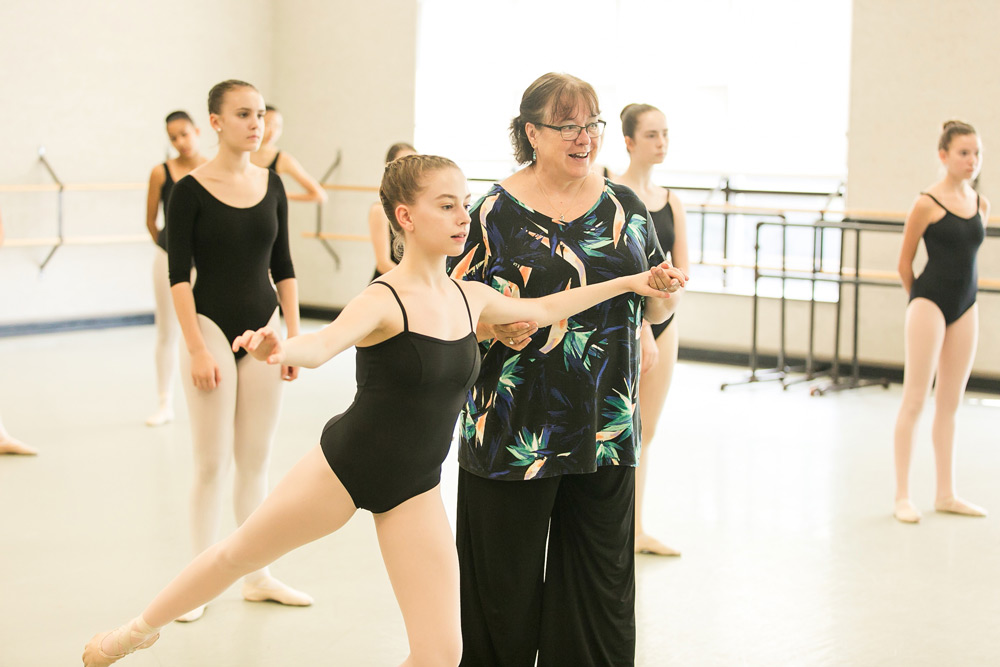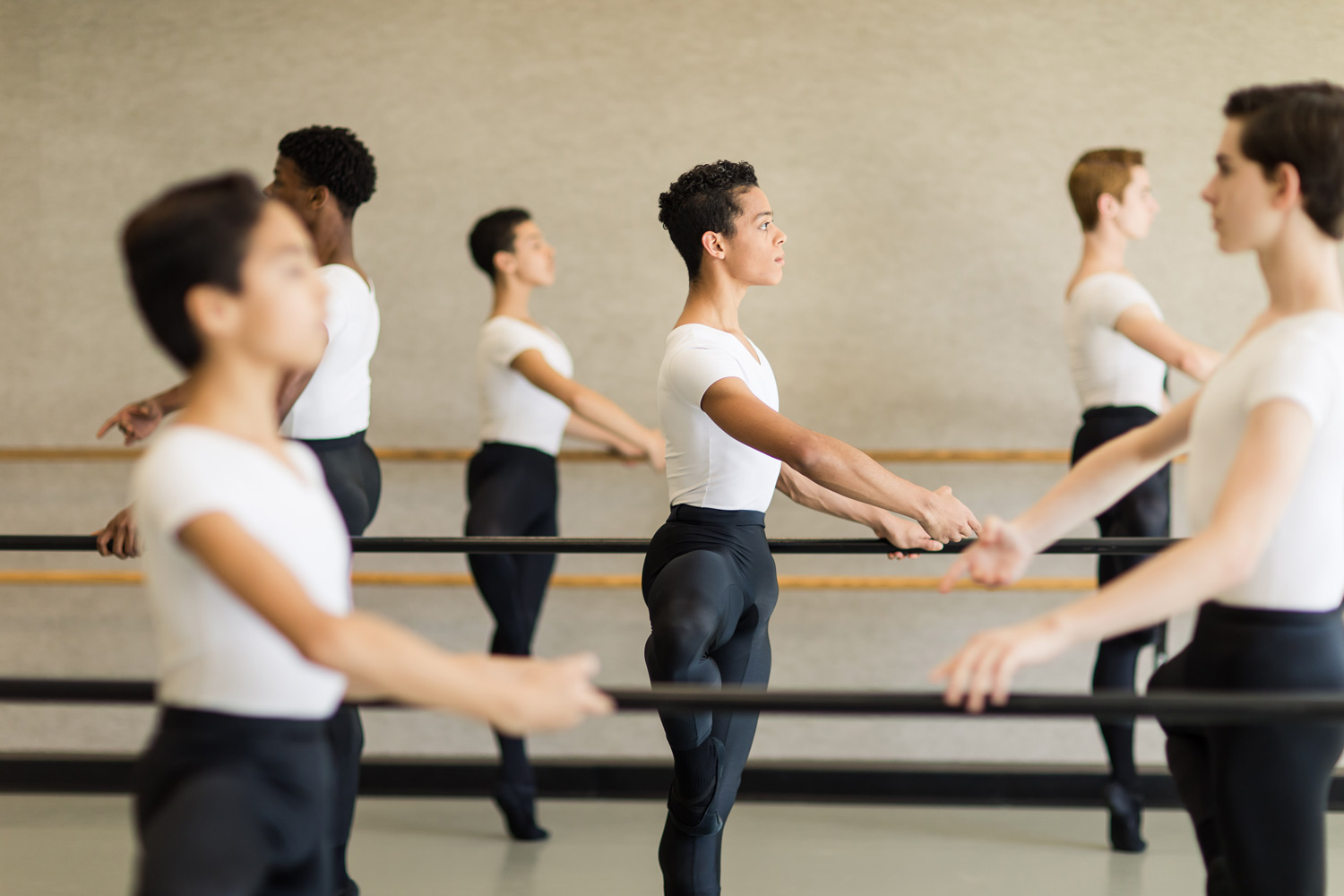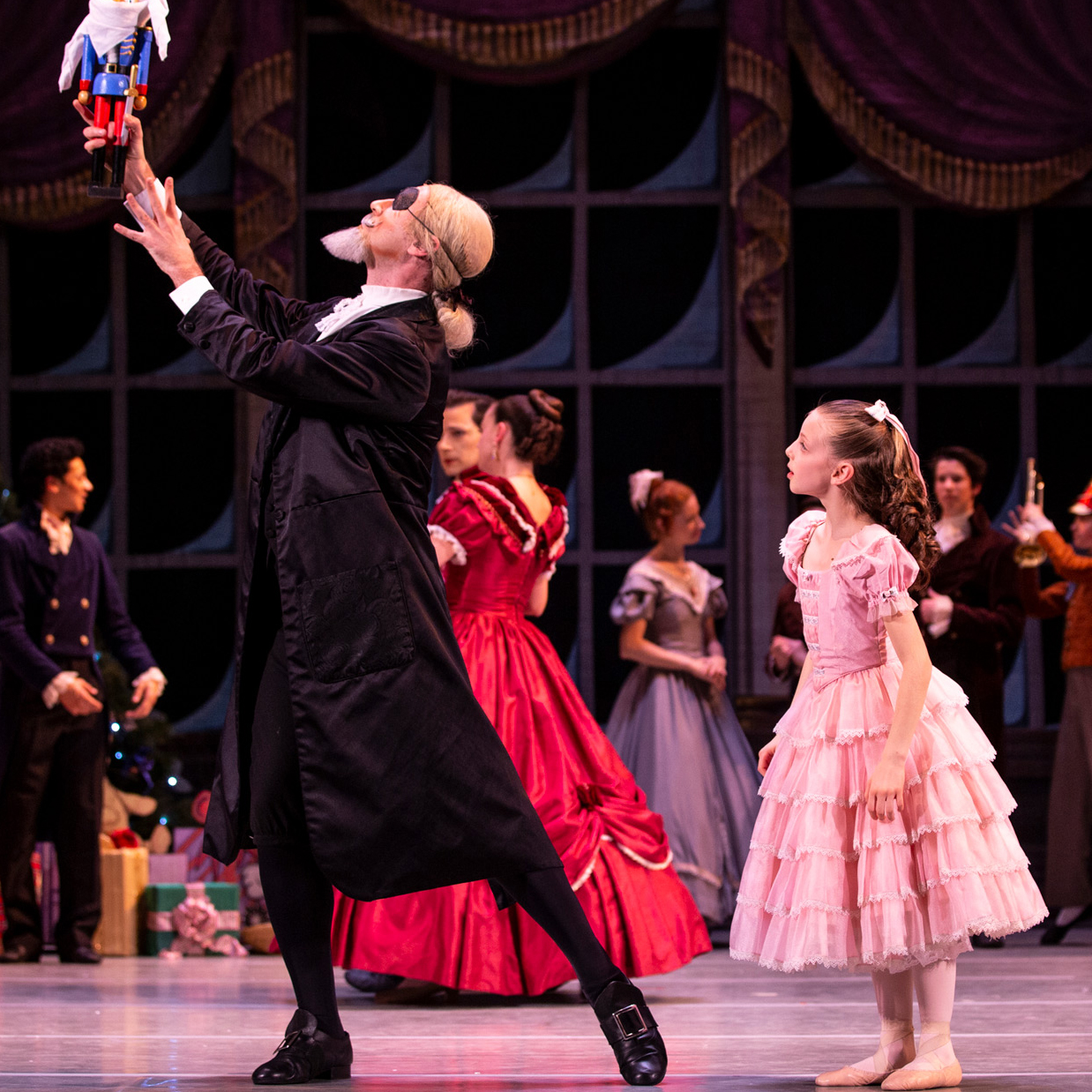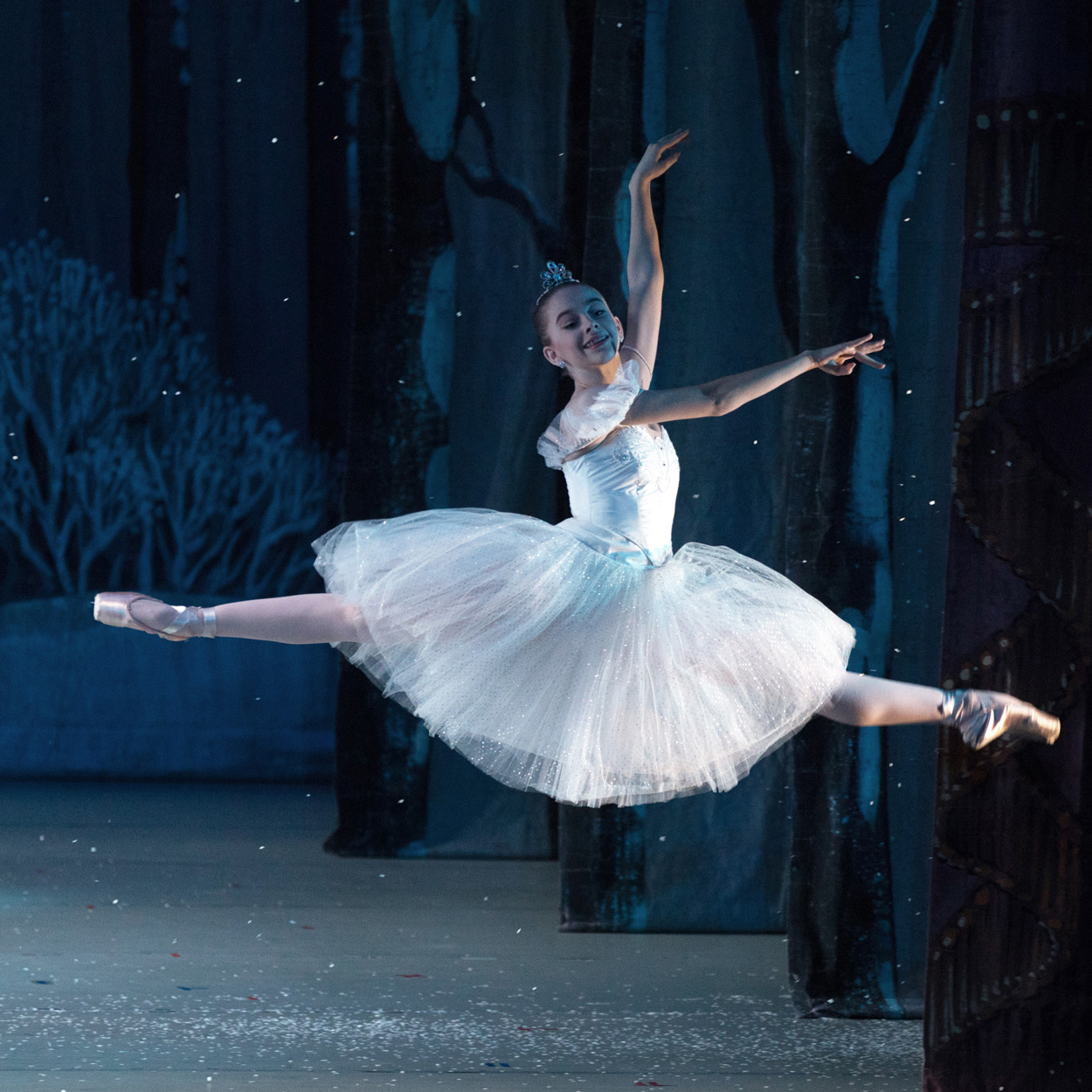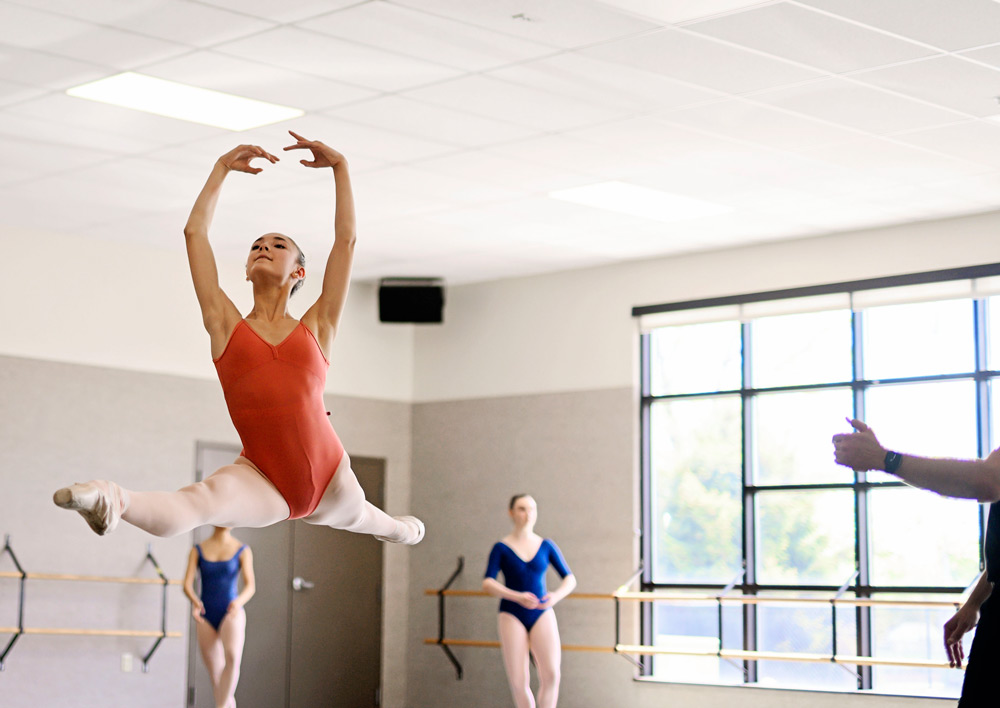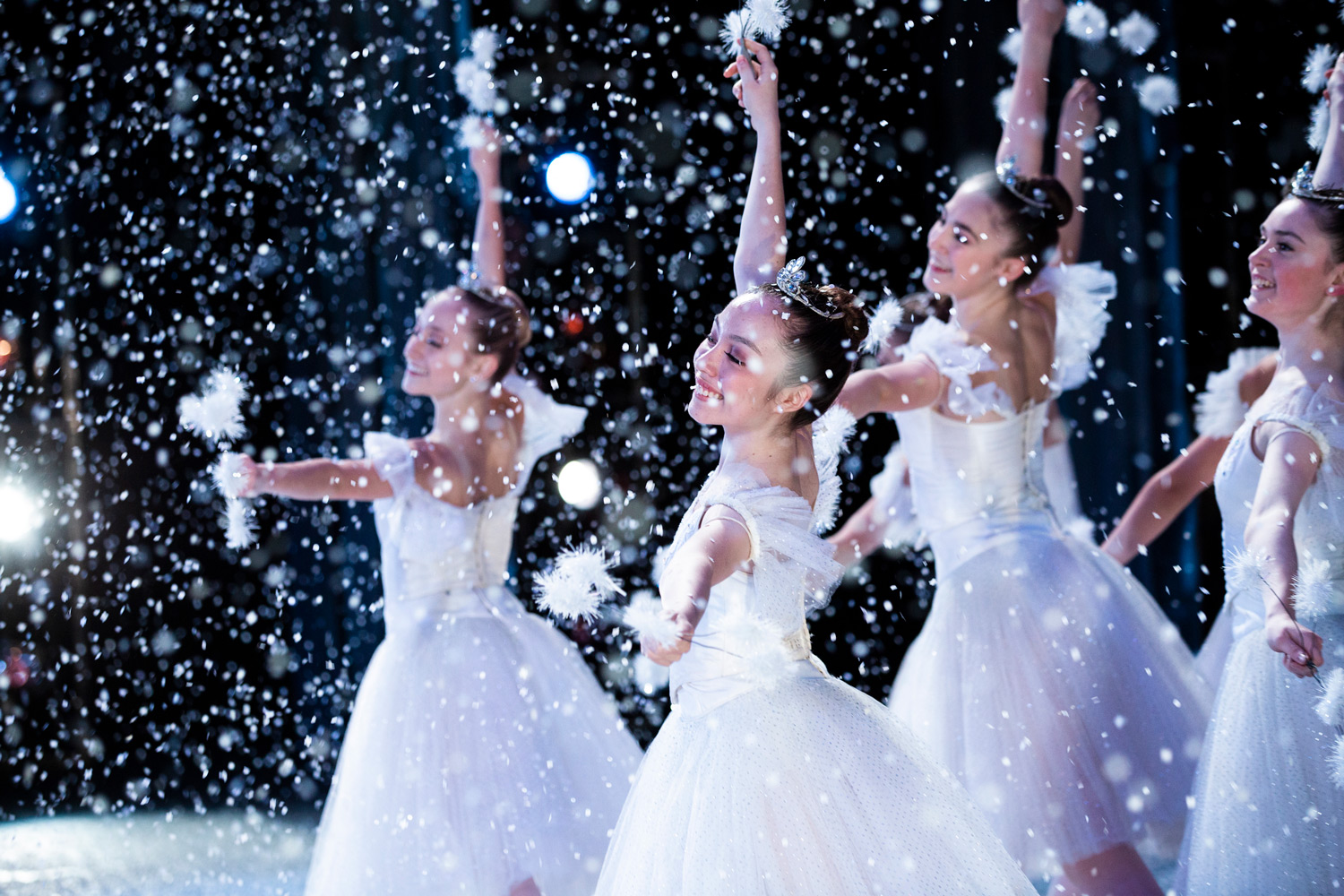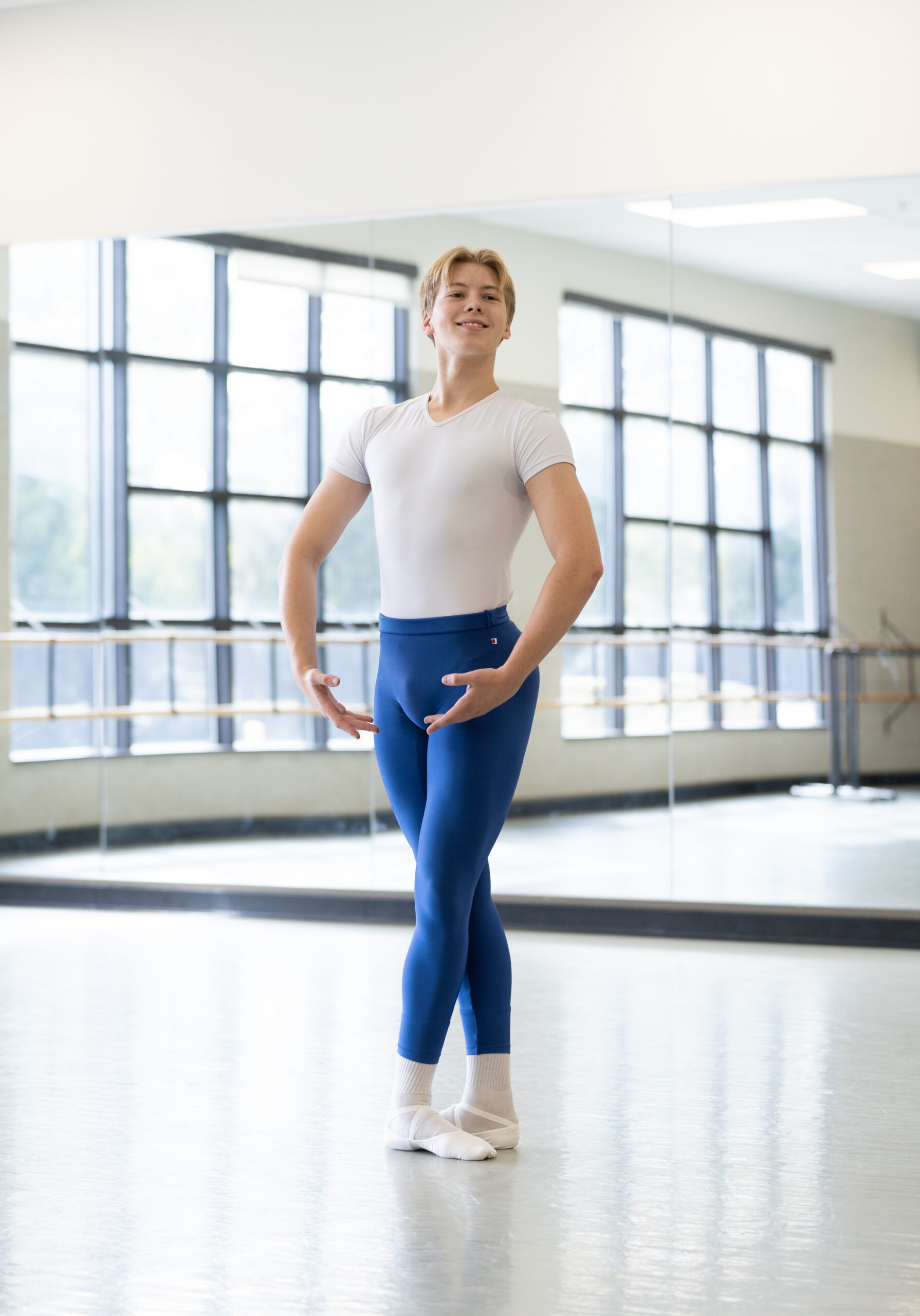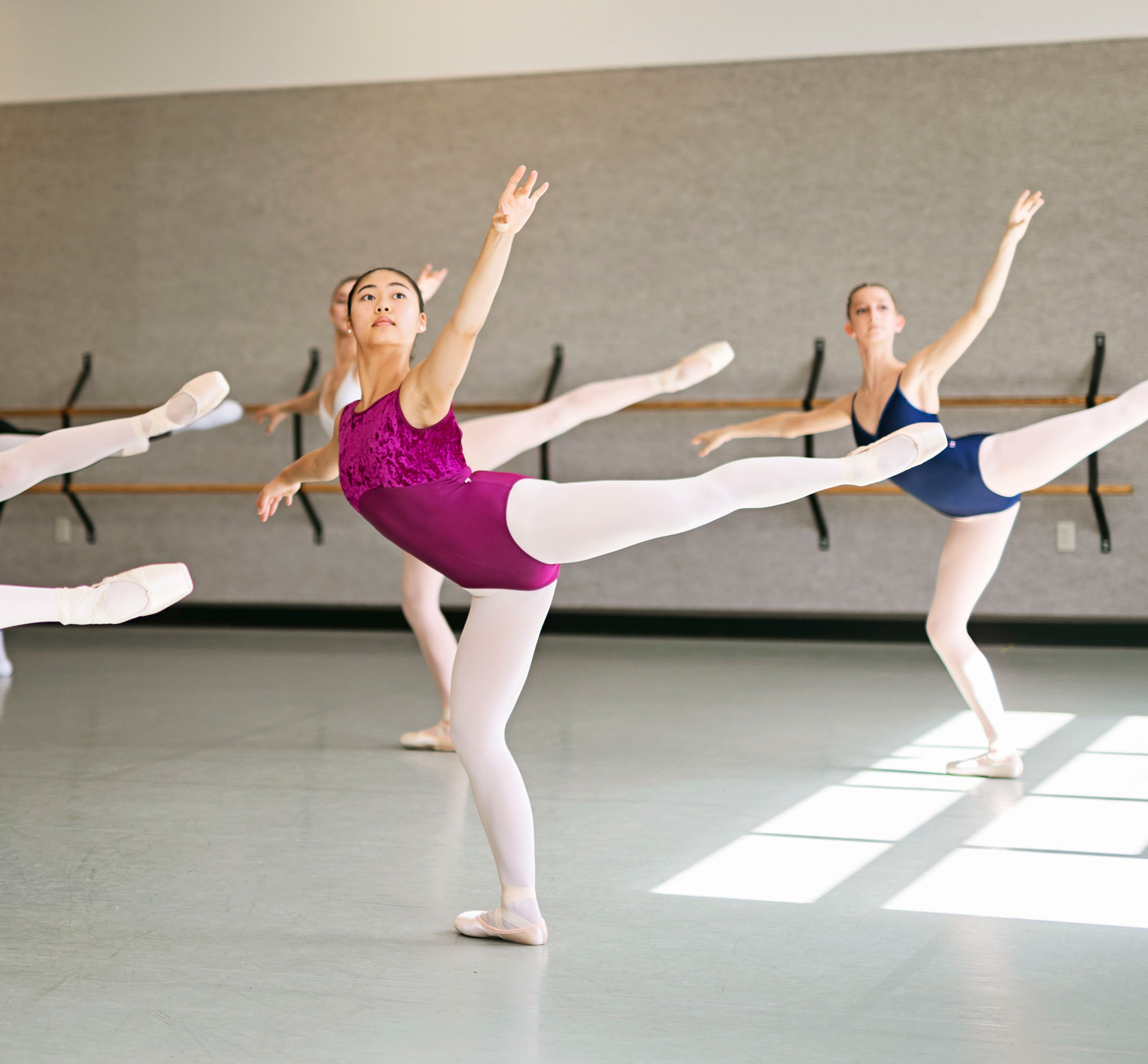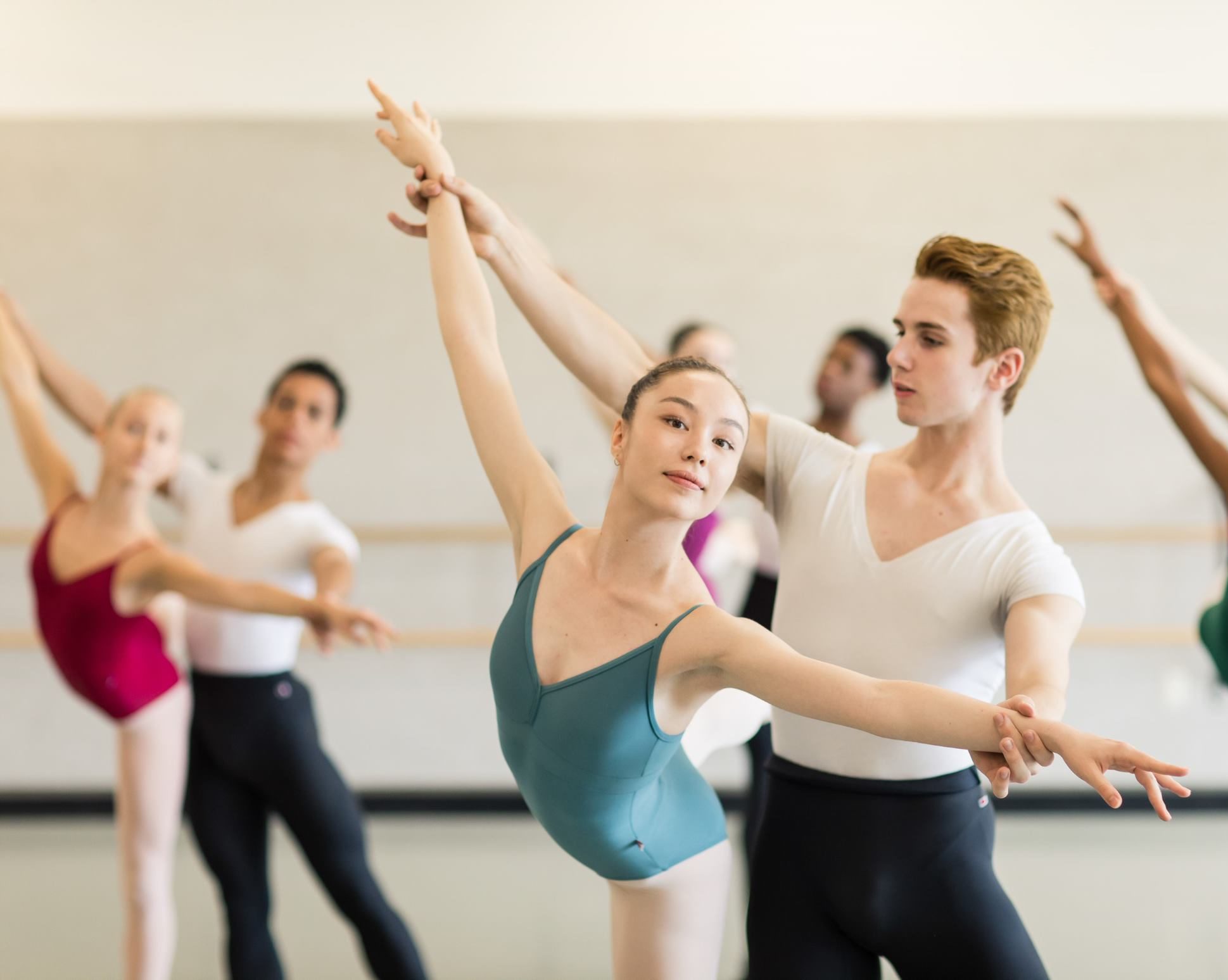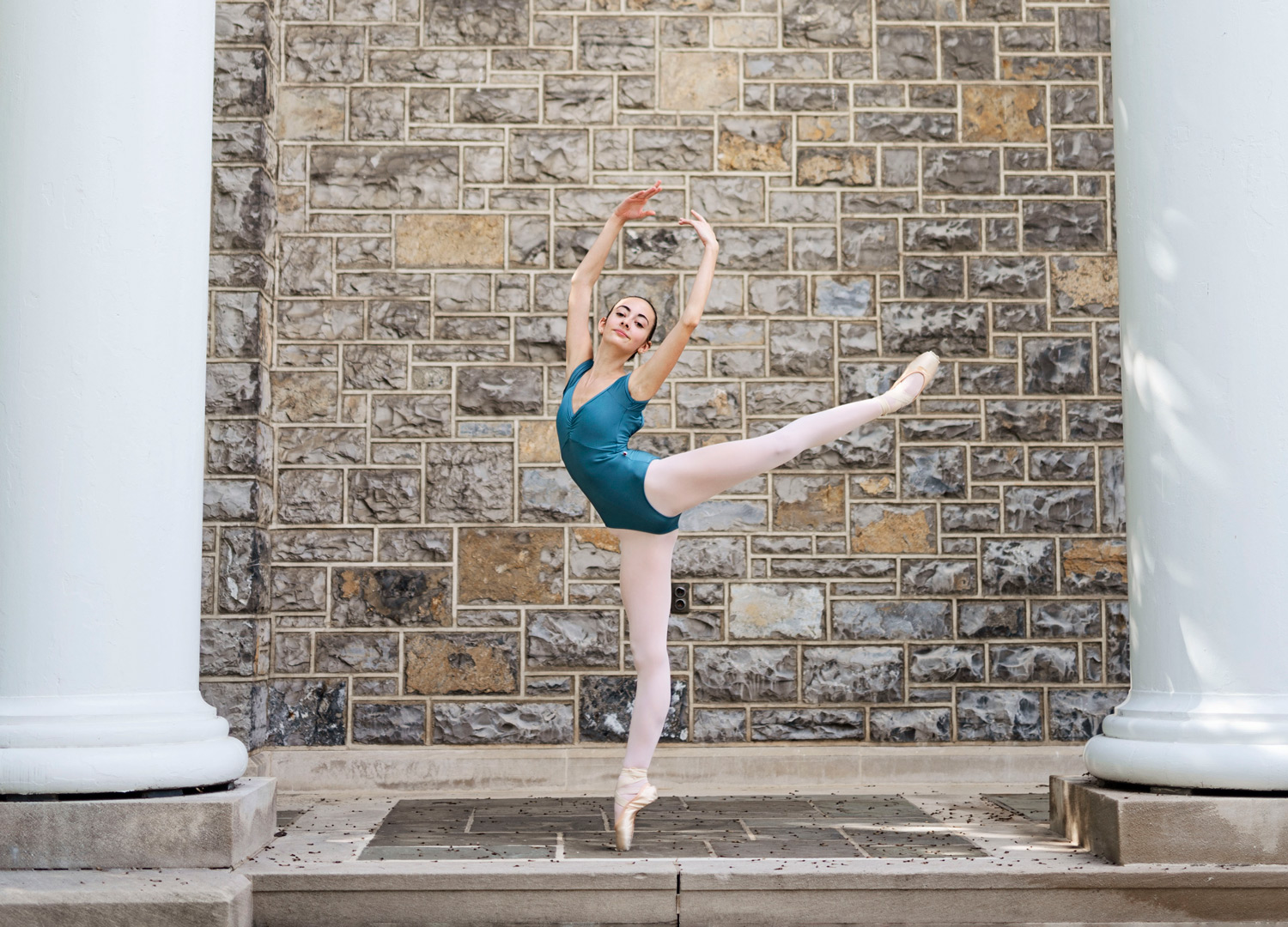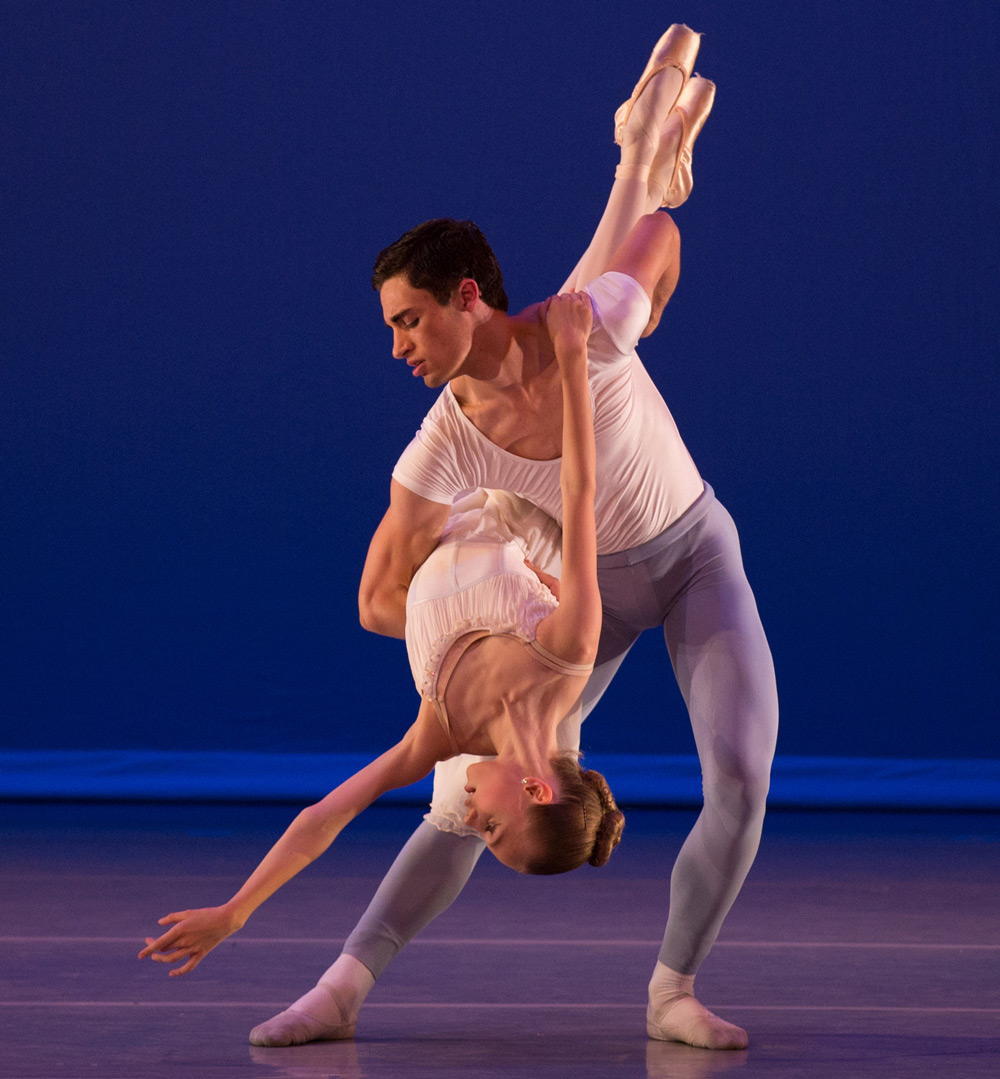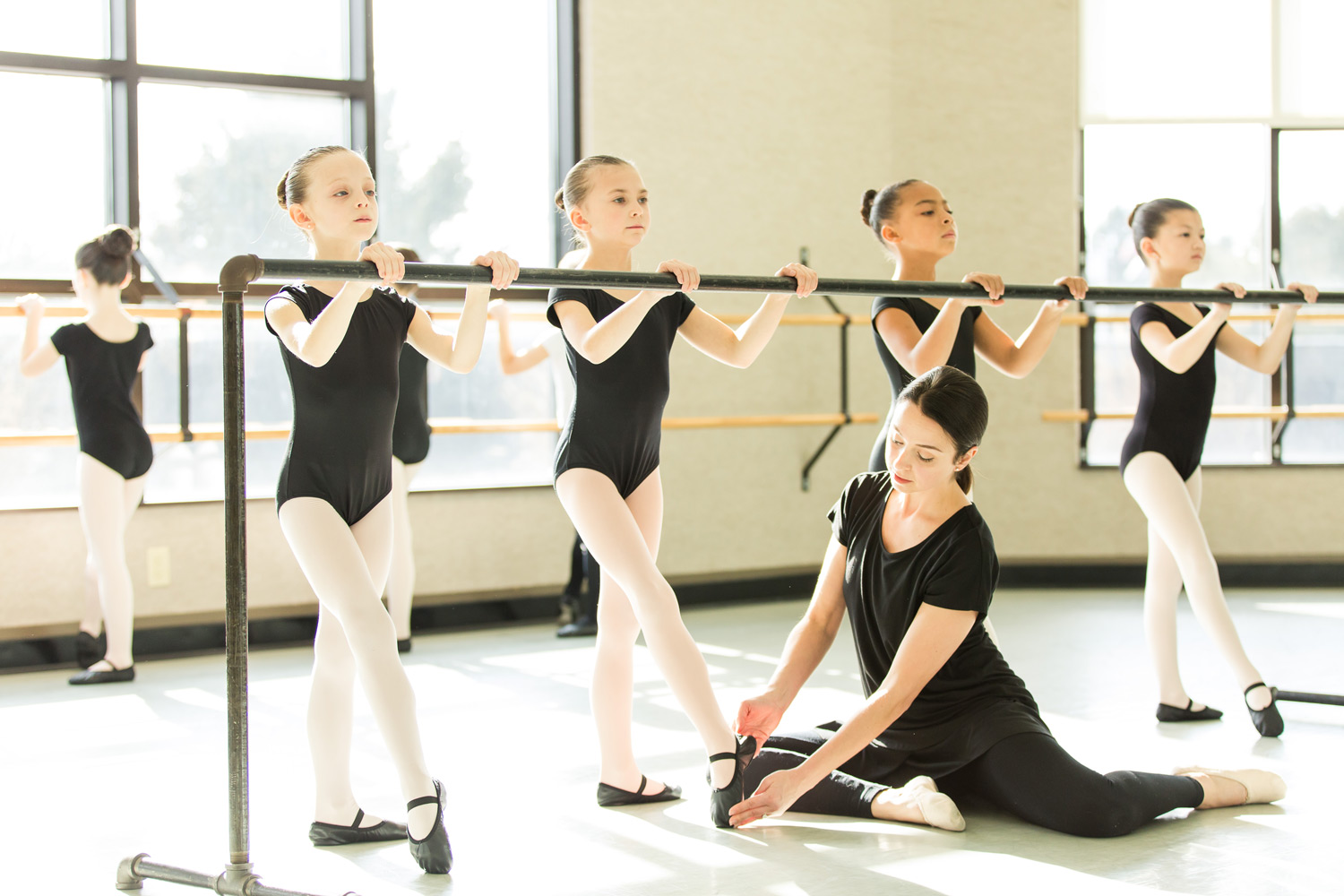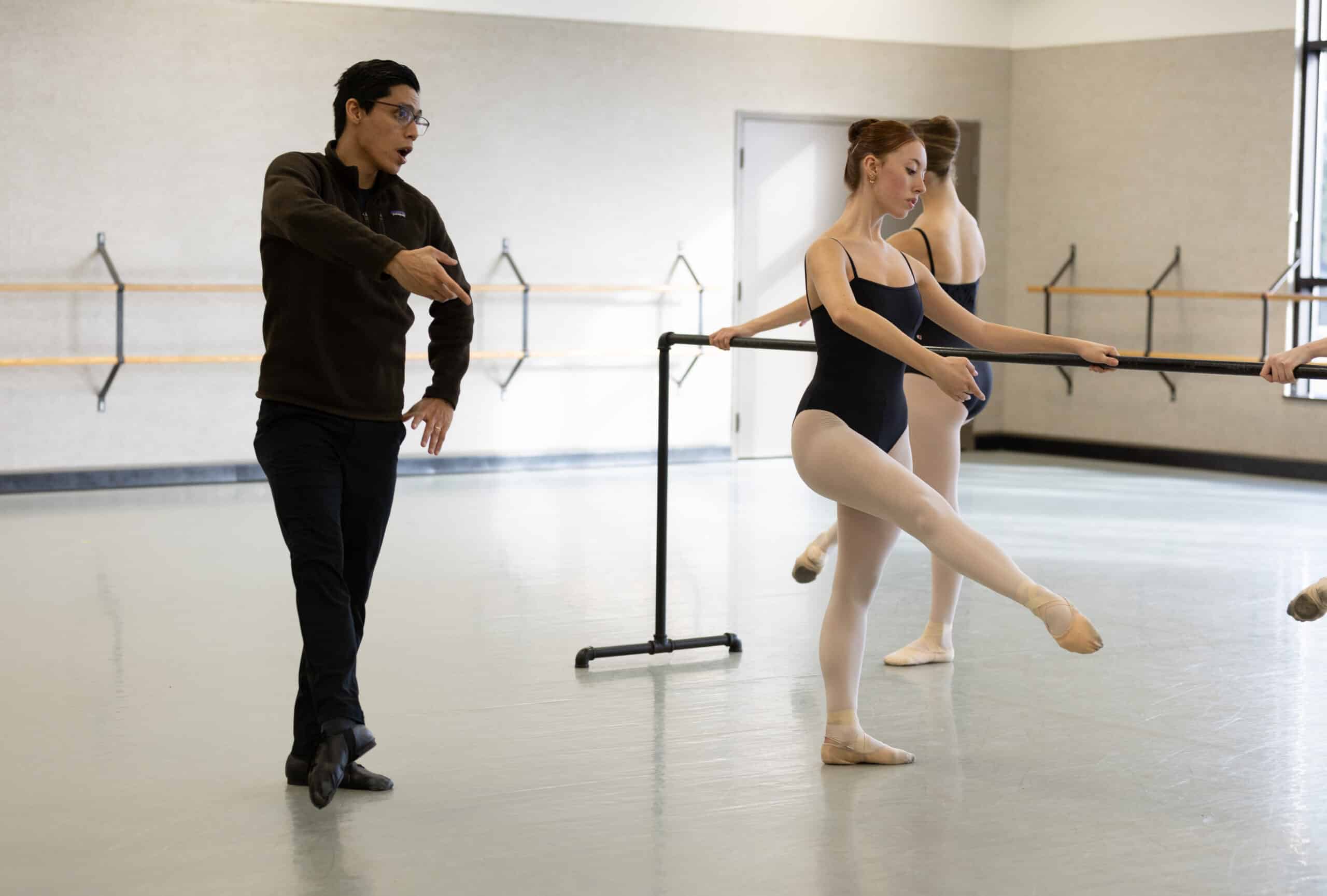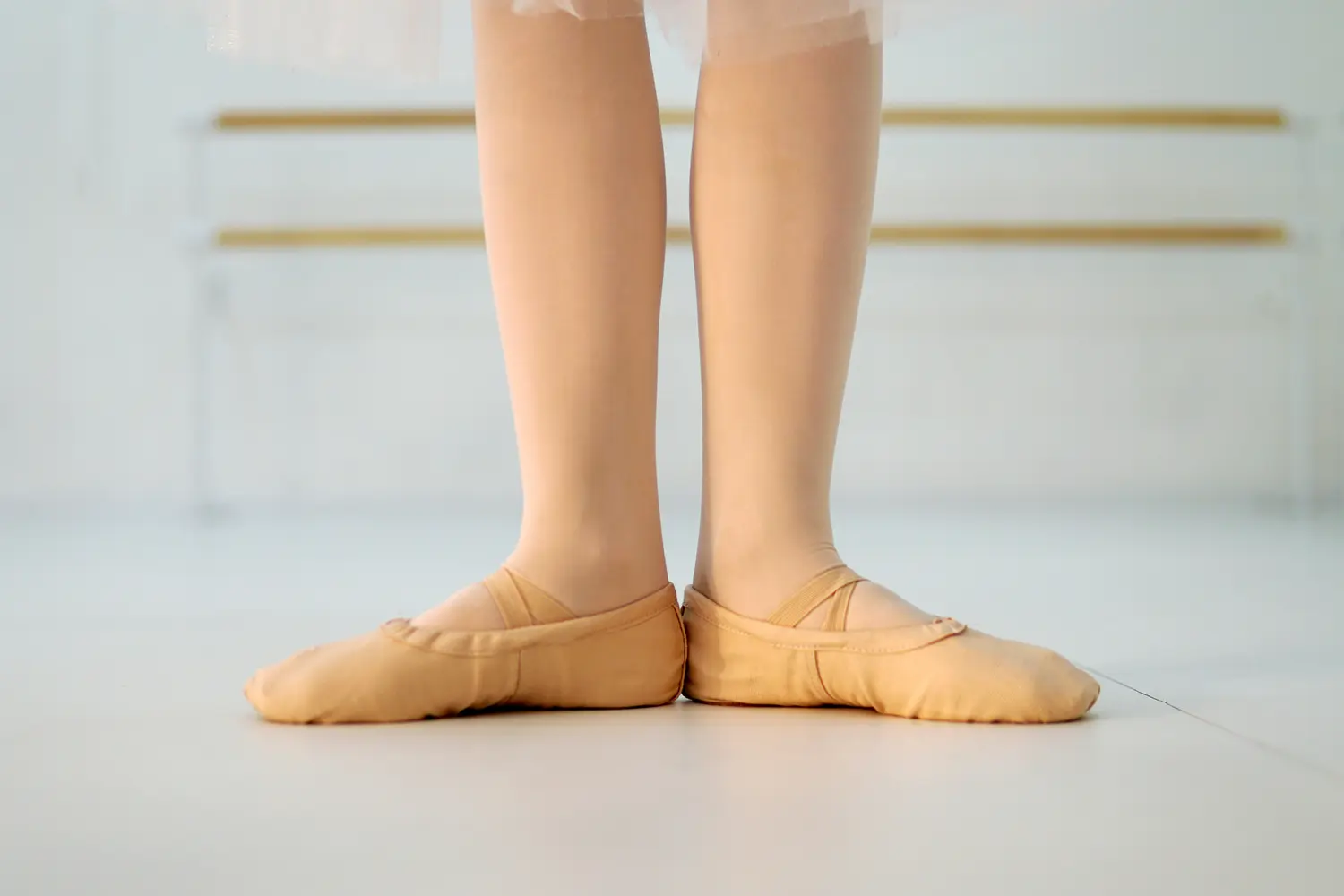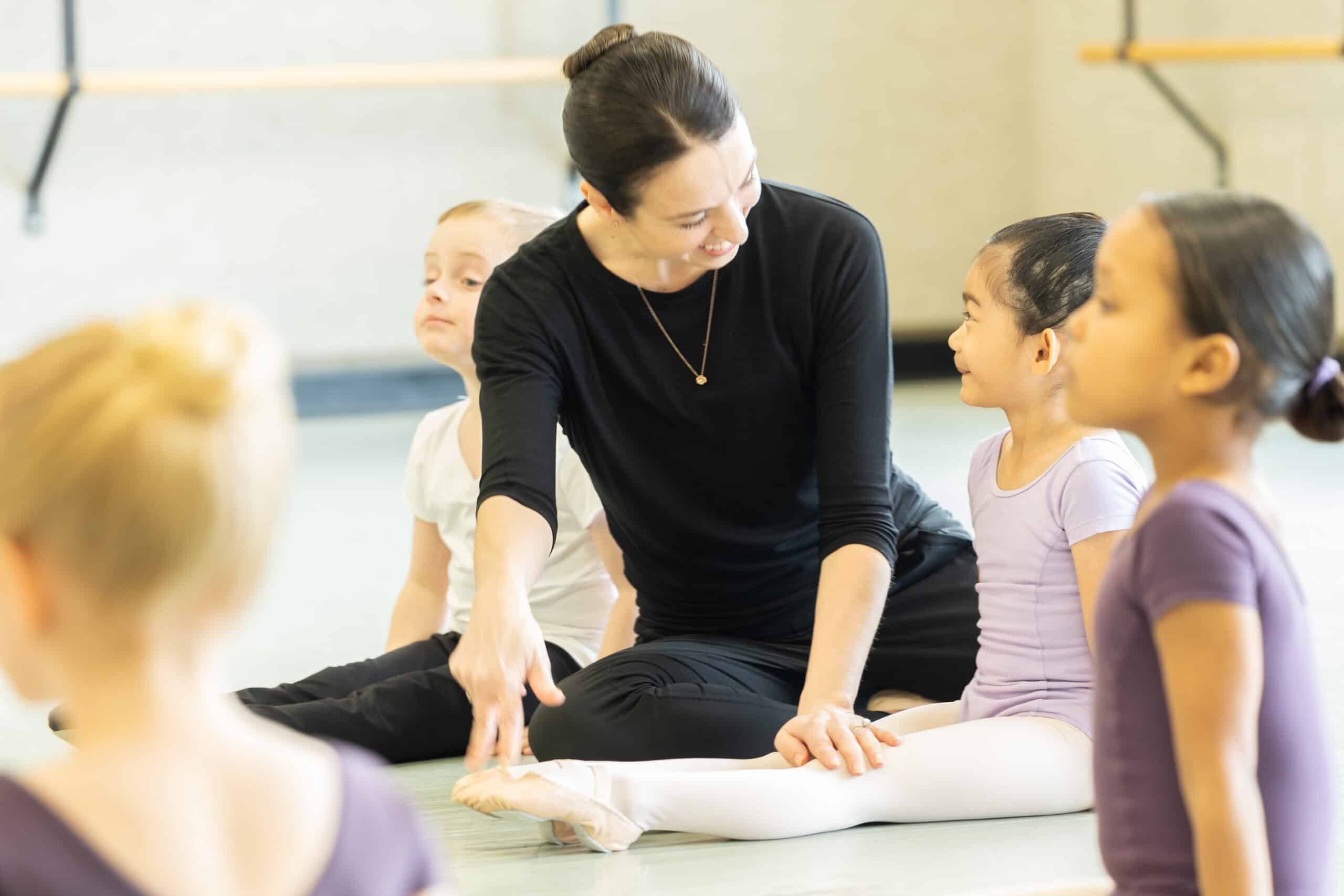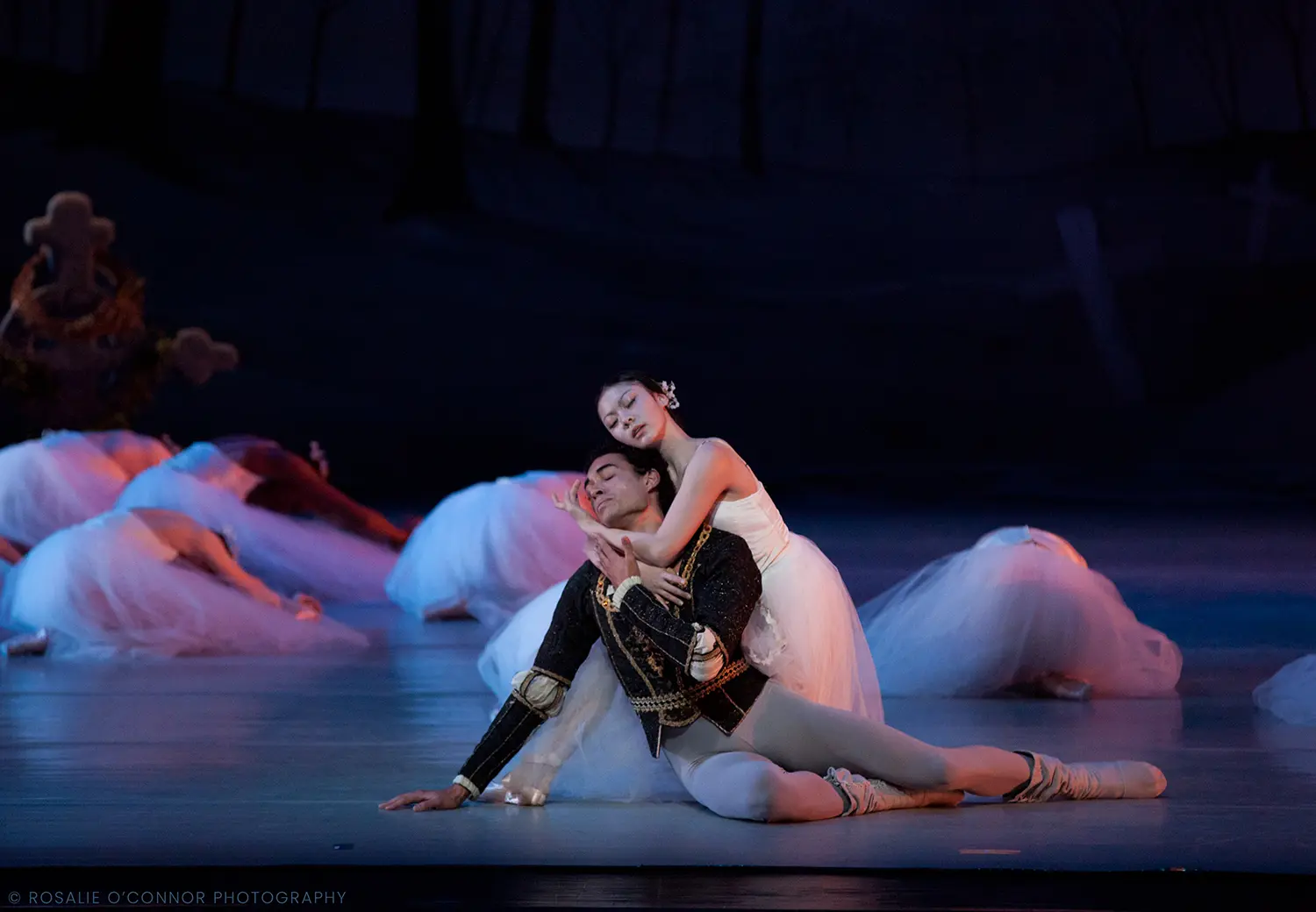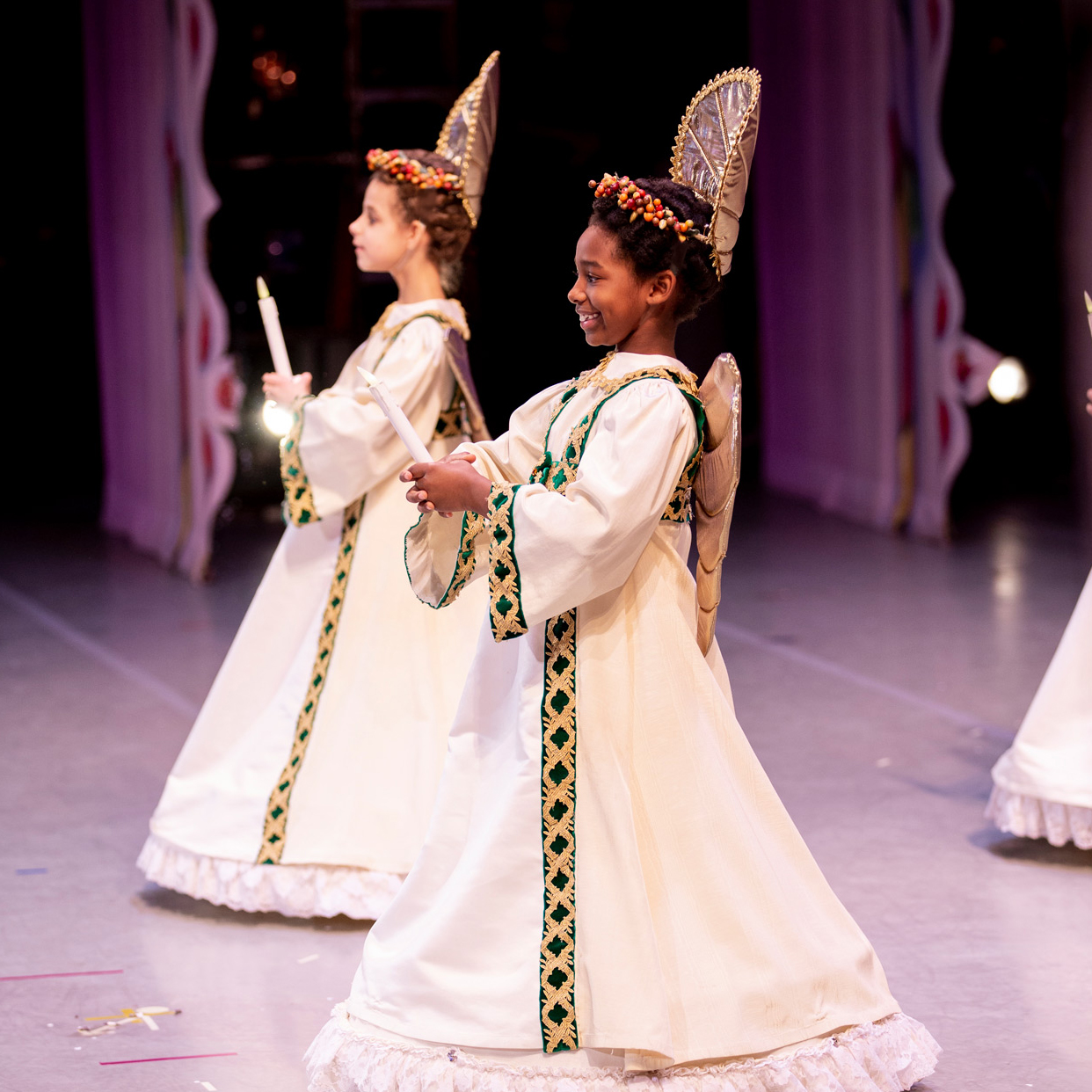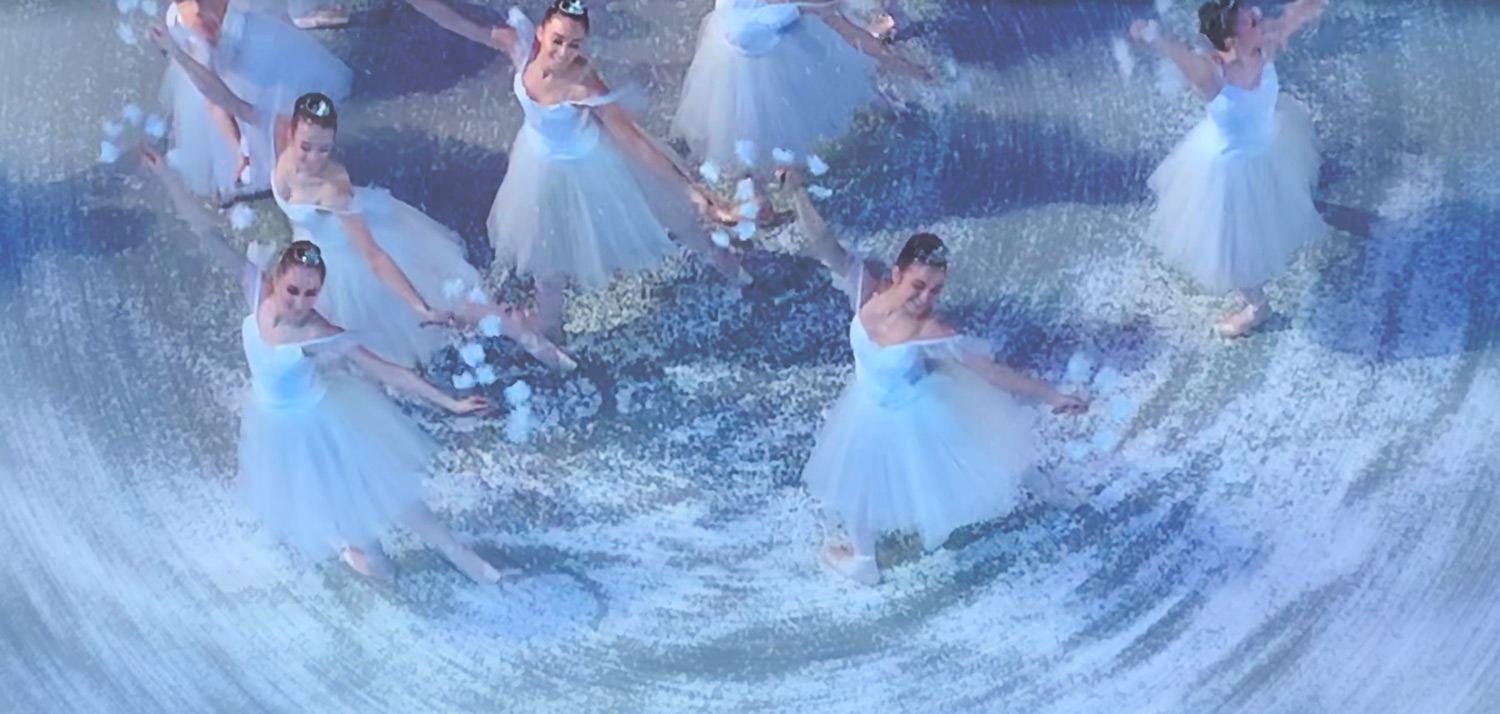Dancing can be quite an exercise. Several forms can test the stamina of a person, as well as the strength in their muscles and the fluidity in their movements. With so much physical activity, dancers are bound to risk getting a couple of injuries throughout their education and career.
Whether you’re a dancer or a parent of one, you’re going to have a couple of worries about what potential dangers can occur while dancing. Being wary about all these risks is normal, and it’s best to be fully informed about where those injuries could happen, how to prevent them, and how to recover from them.
Areas Prone to Dance Injuries
The areas that are prone to dance injuries can vary based on the type of dance that one is performing. Generally, the most vulnerable areas are the feet, ankles, legs, and hips. The lower back can also receive quite a lot of pressure, making it susceptible to strain.
Ballet dancers are quite dependent on their feet and ankles when it comes to dancing. This can make them more prone to injuries like Achilles tendonitis, ankle impingement, or stress fractures.
Reasons Behind Dance Injuries
Dancing can be truly intensive, which is why it’s important to participate in it with care. Do note that injuries are likely to happen for dancers who may be lacking a proper diet. A lack of sleep may also increase the chances of such dangers happening.
Prevention for Dance Injuries
There are many tips that every dancer should keep in mind to prevent injuries. Having proper nutrition and rest are both paramount to ensure that you’re in good condition to participate in training. Having the right attire is also ideal to minimize the likelihood of accidents.
Dance injuries usually occur during training or performances. It’s important to have supervisors who can help in monitoring and ensuring your form, especially when cross-training to tone and strengthen your body before those big nights on stage. Warming up can also be a great way to prepare yourself for the intense rehearsals and performances.
Recovery for Dance Injuries
Although a person tries to reduce the risk of dance injuries to zero, it may still happen unexpectedly. Ankle sprains are some of the most common dance injuries to occur, which can be tough for any dancer to deal with. The best thing to do is to rest and seek medical advice.
It isn’t advisable to dance right after an injury occurs, so just call for help. The sooner you relax the affected area and get treatment, the quicker you’ll get back to dancing. The muscle may be a little sore, so be sure to ease into it when you’re cleared to get on the dance floor again.
Conclusion
Learning different things about dance injuries and what you should be wary about can be eye-opening. Overcoming those types of fears can be quite the leap to take, especially for hopeful youth who are aspiring to be dance professionals. Just remember to take the prevention tips and give yourself time to recover when needed.
Seeking out some youth ballet training? Central Pennsylvania Youth Ballet offers the finest classical ballet training for just about any age group. Get in touch with us today!
